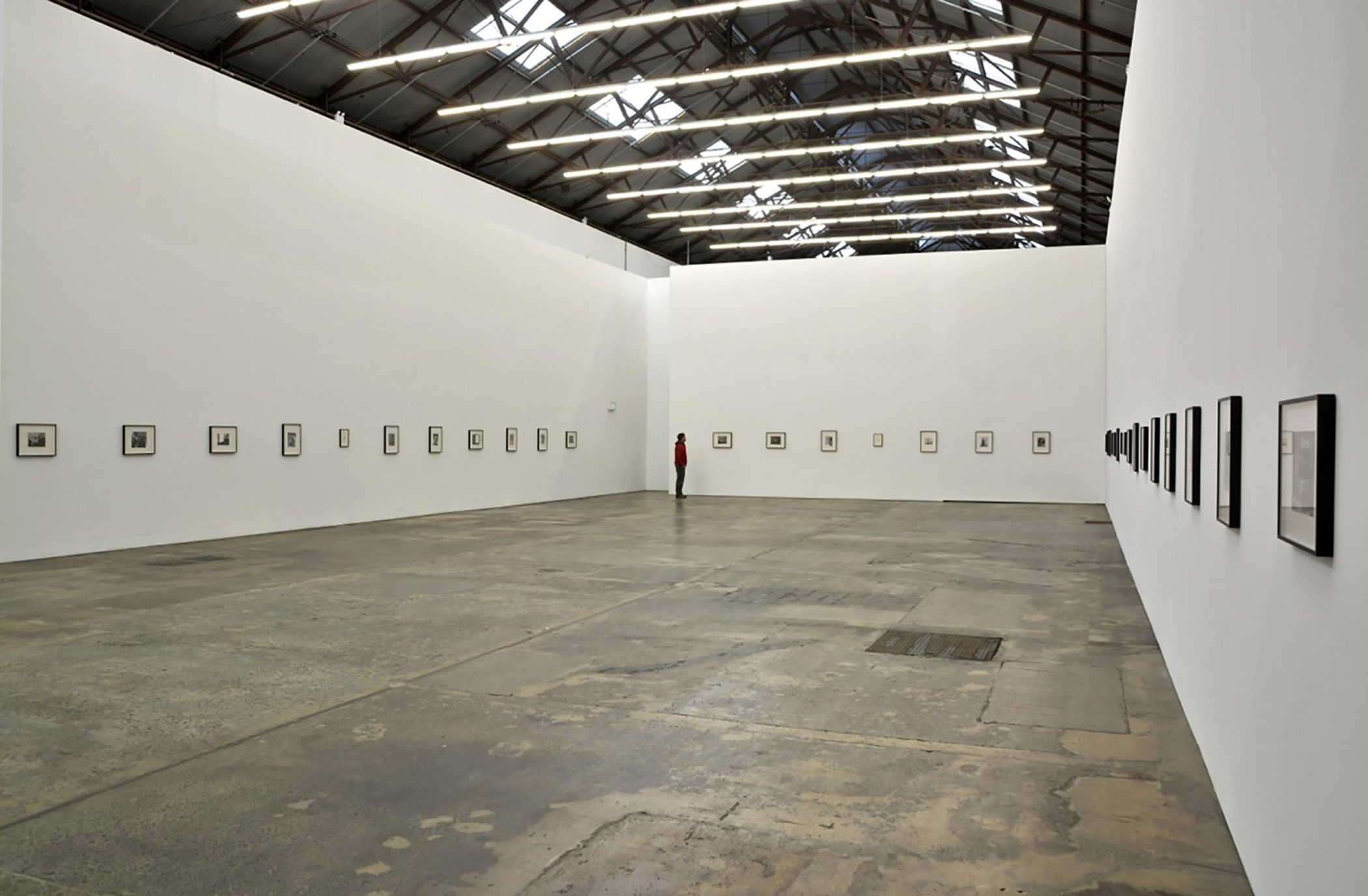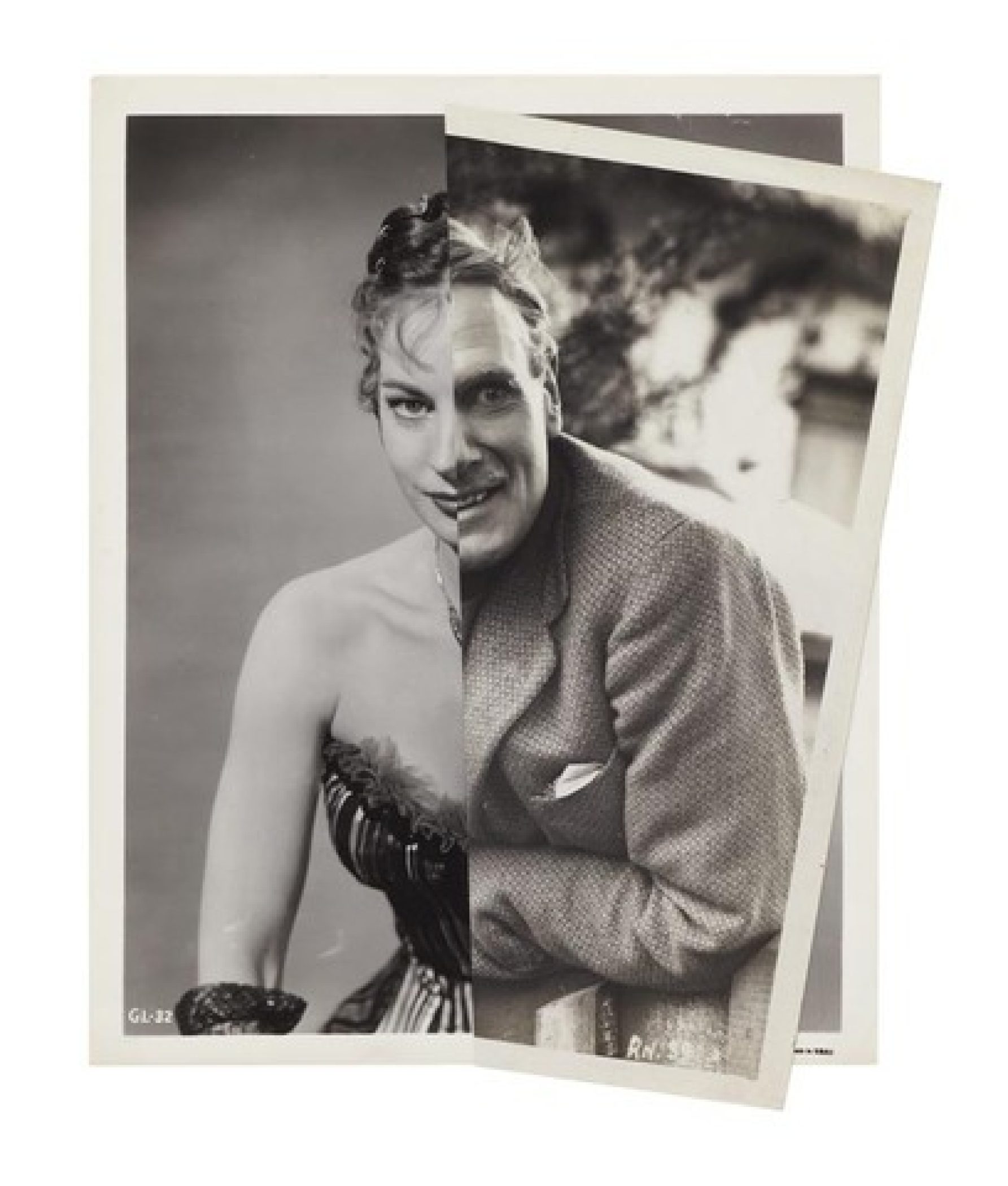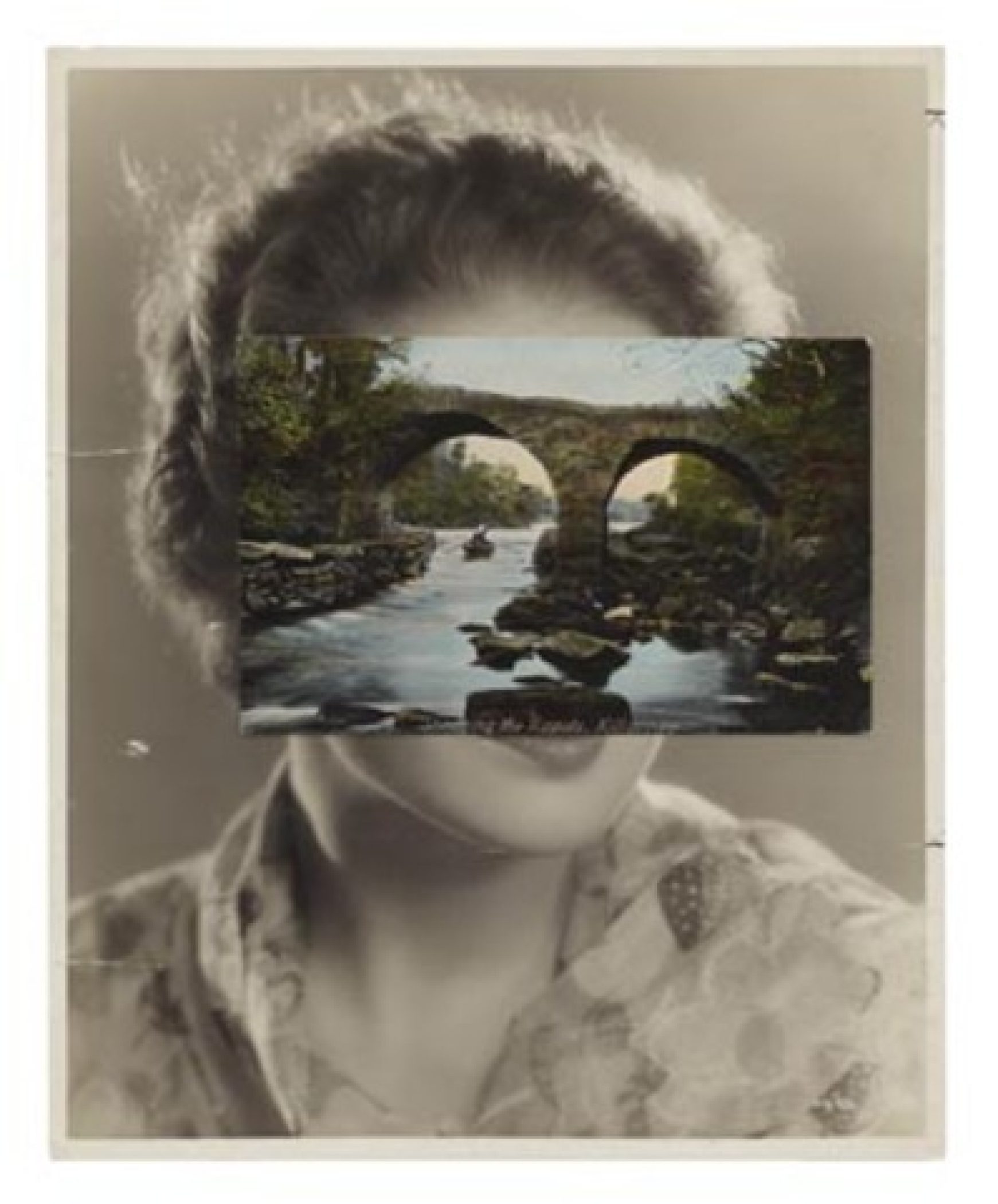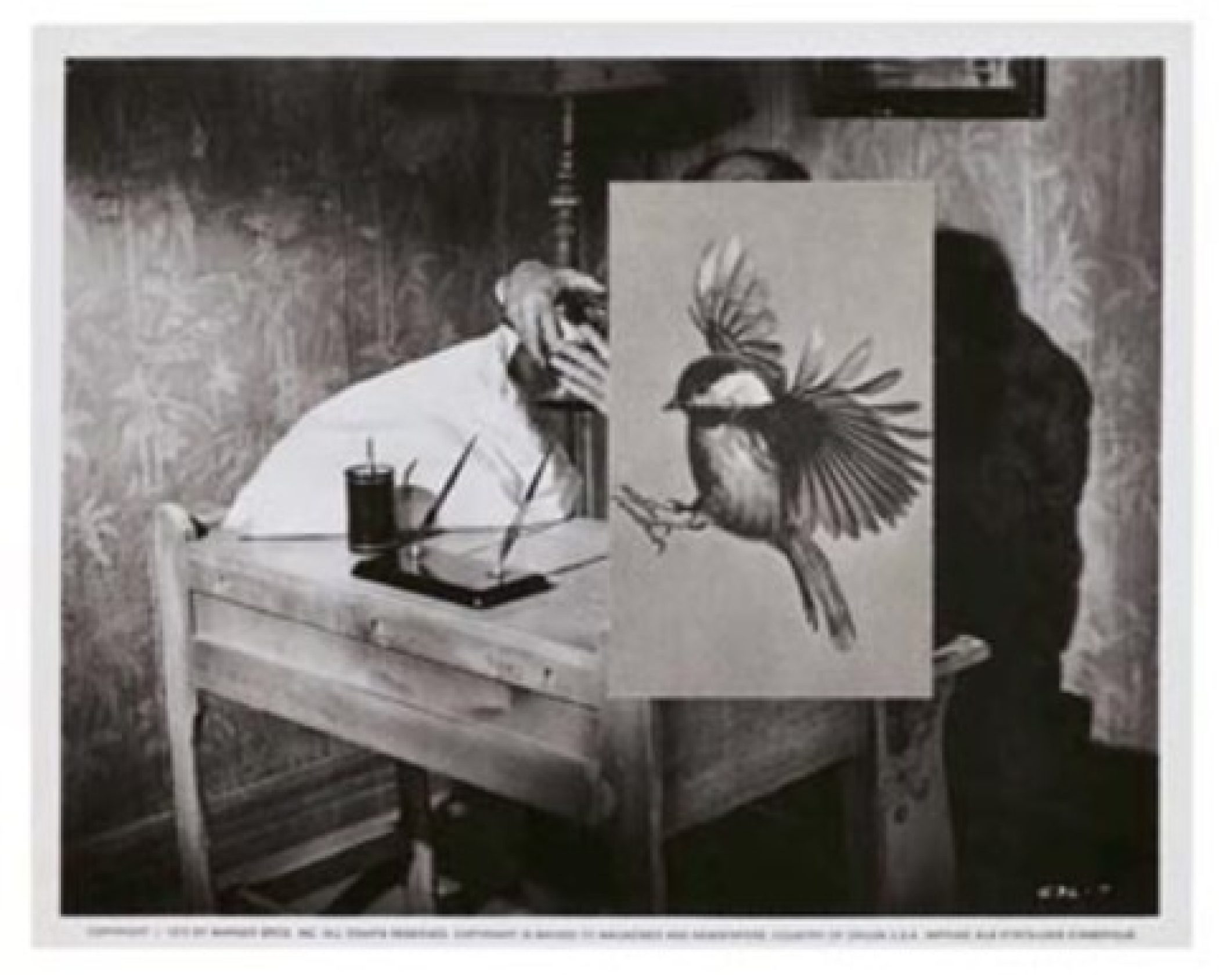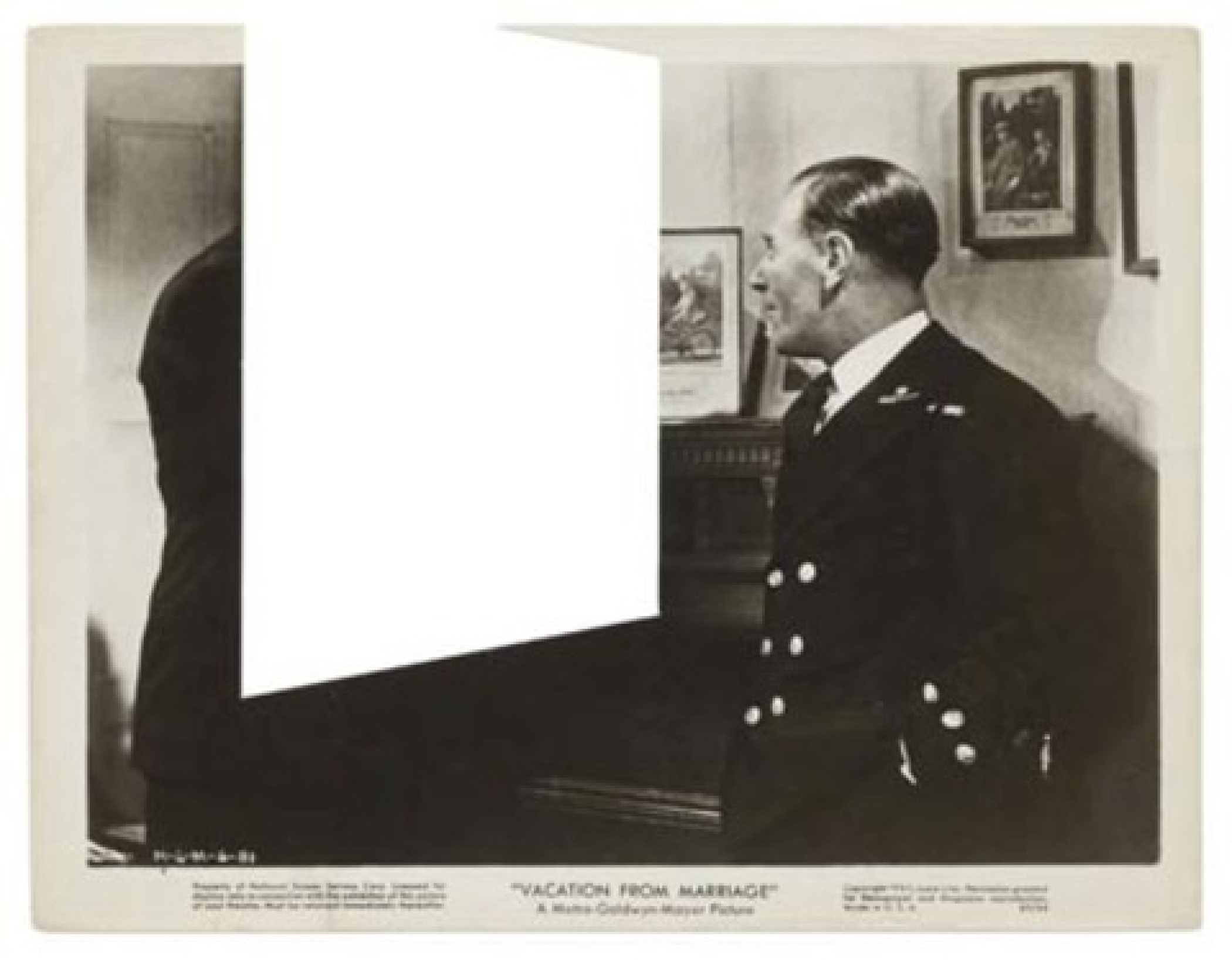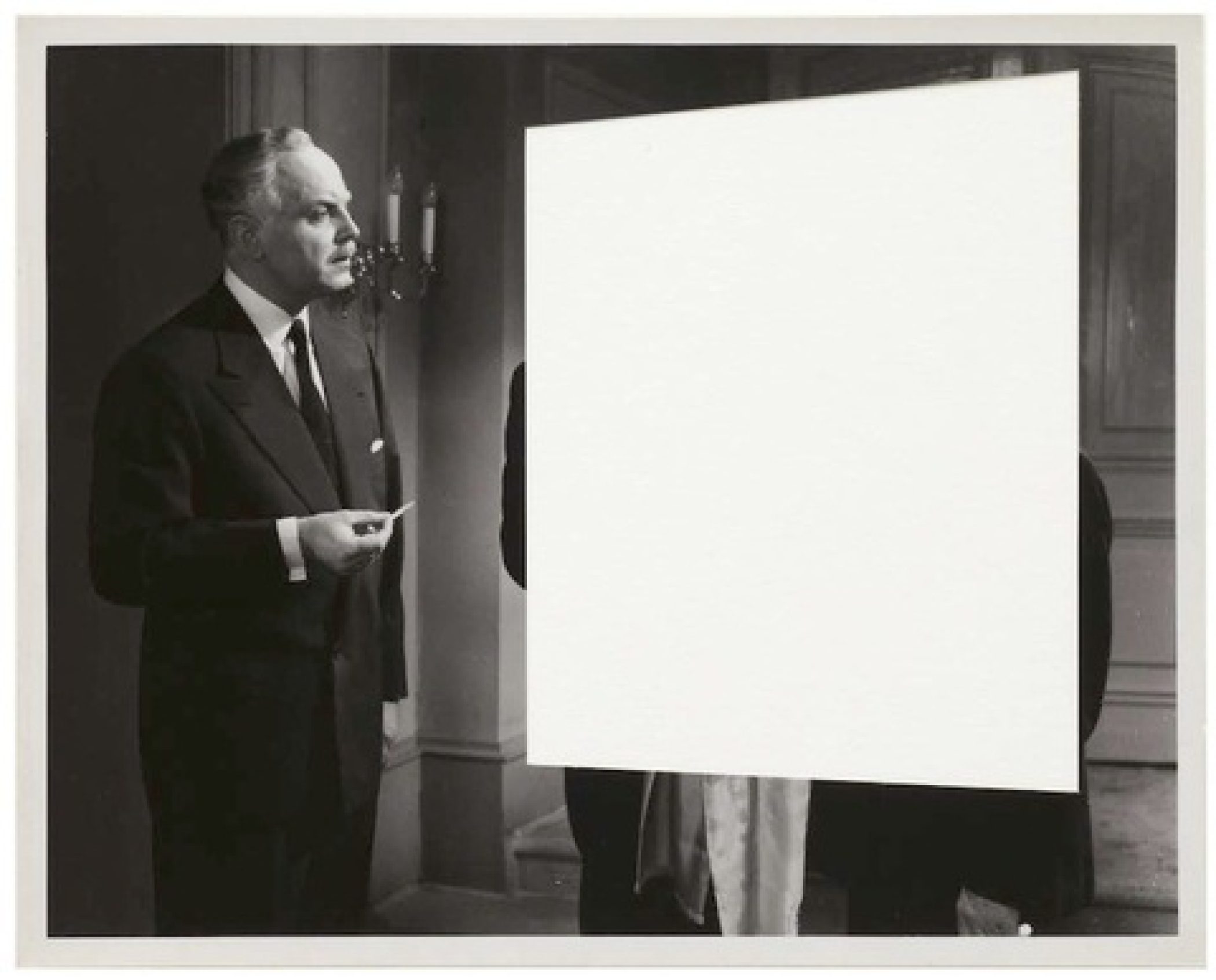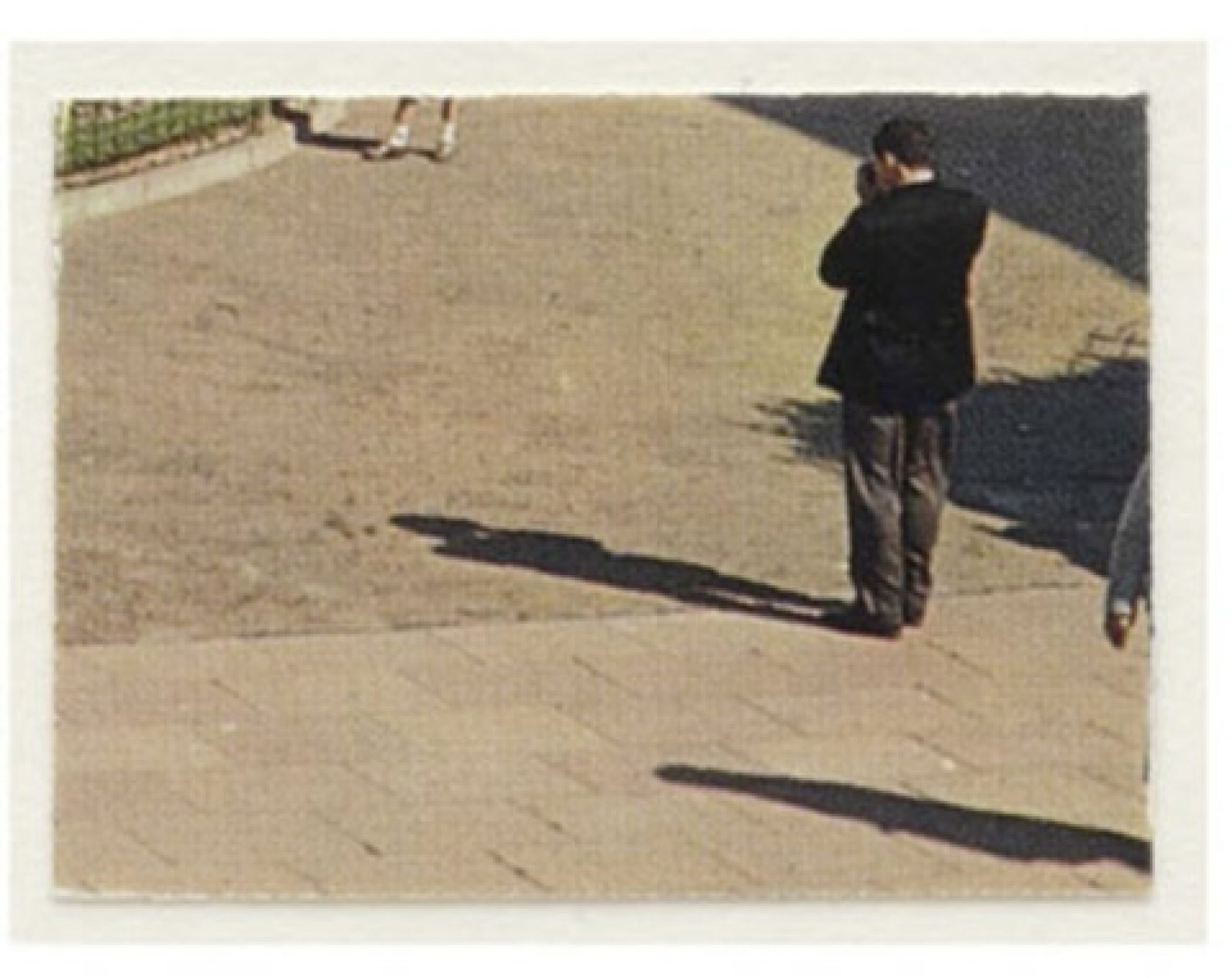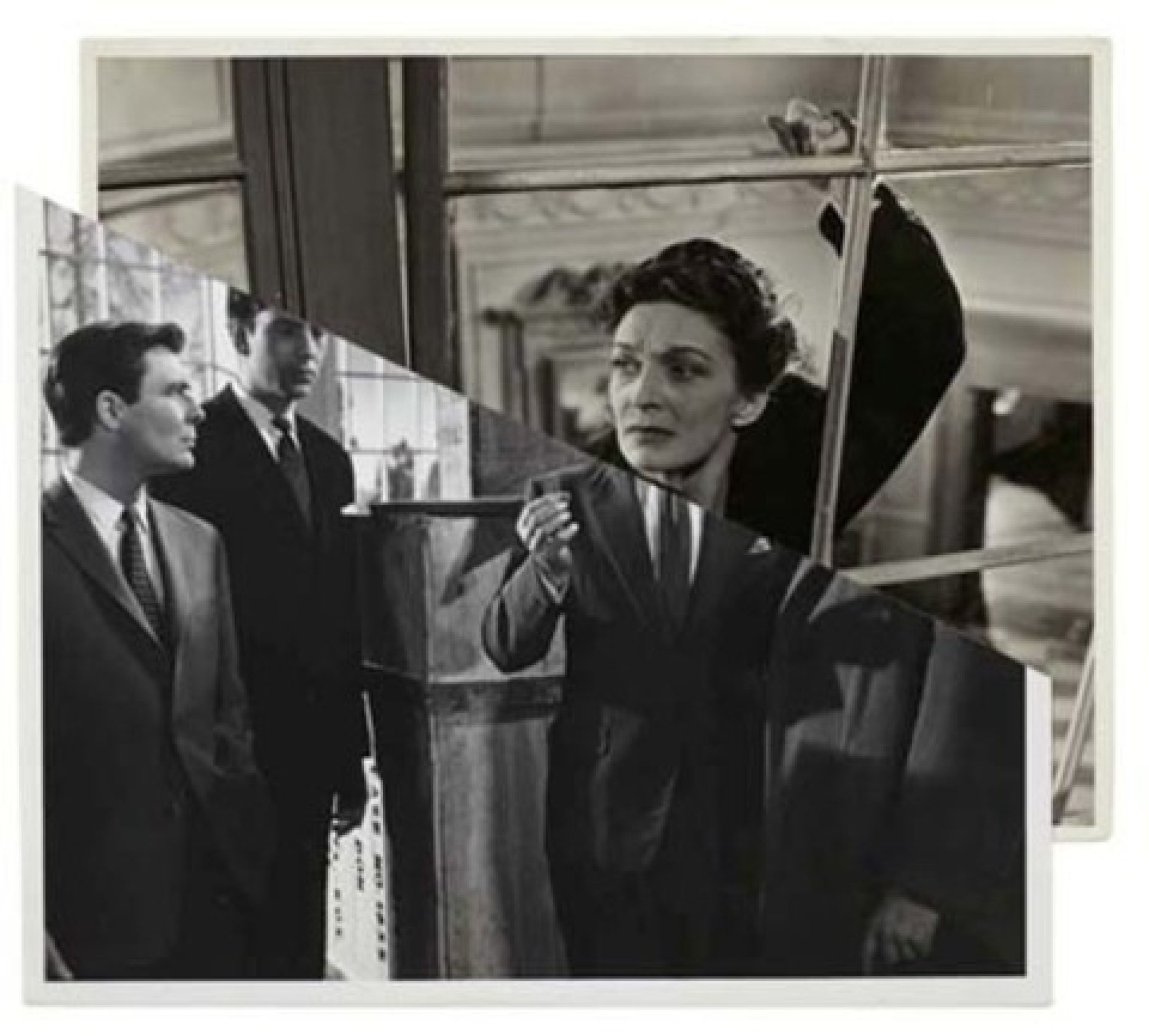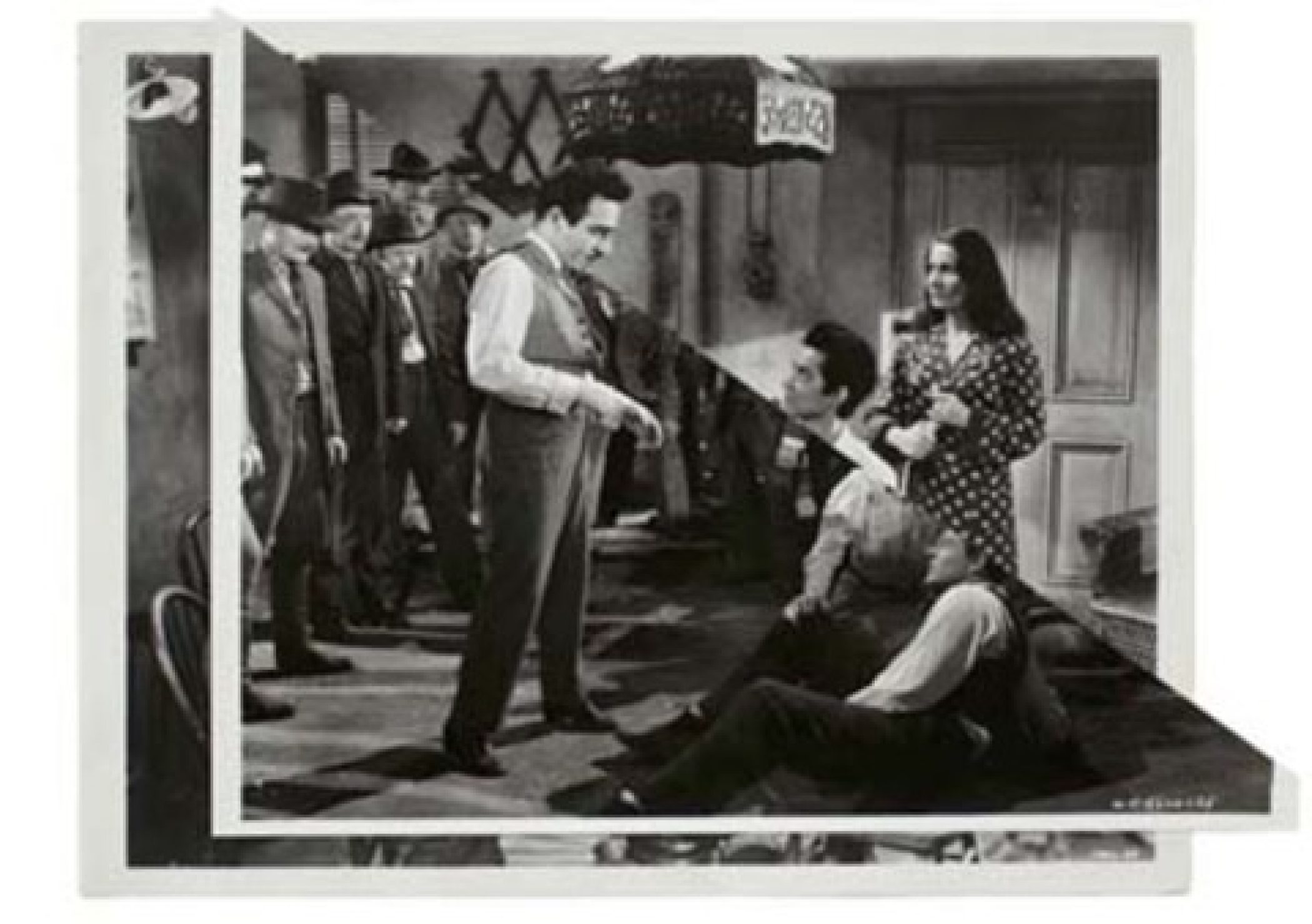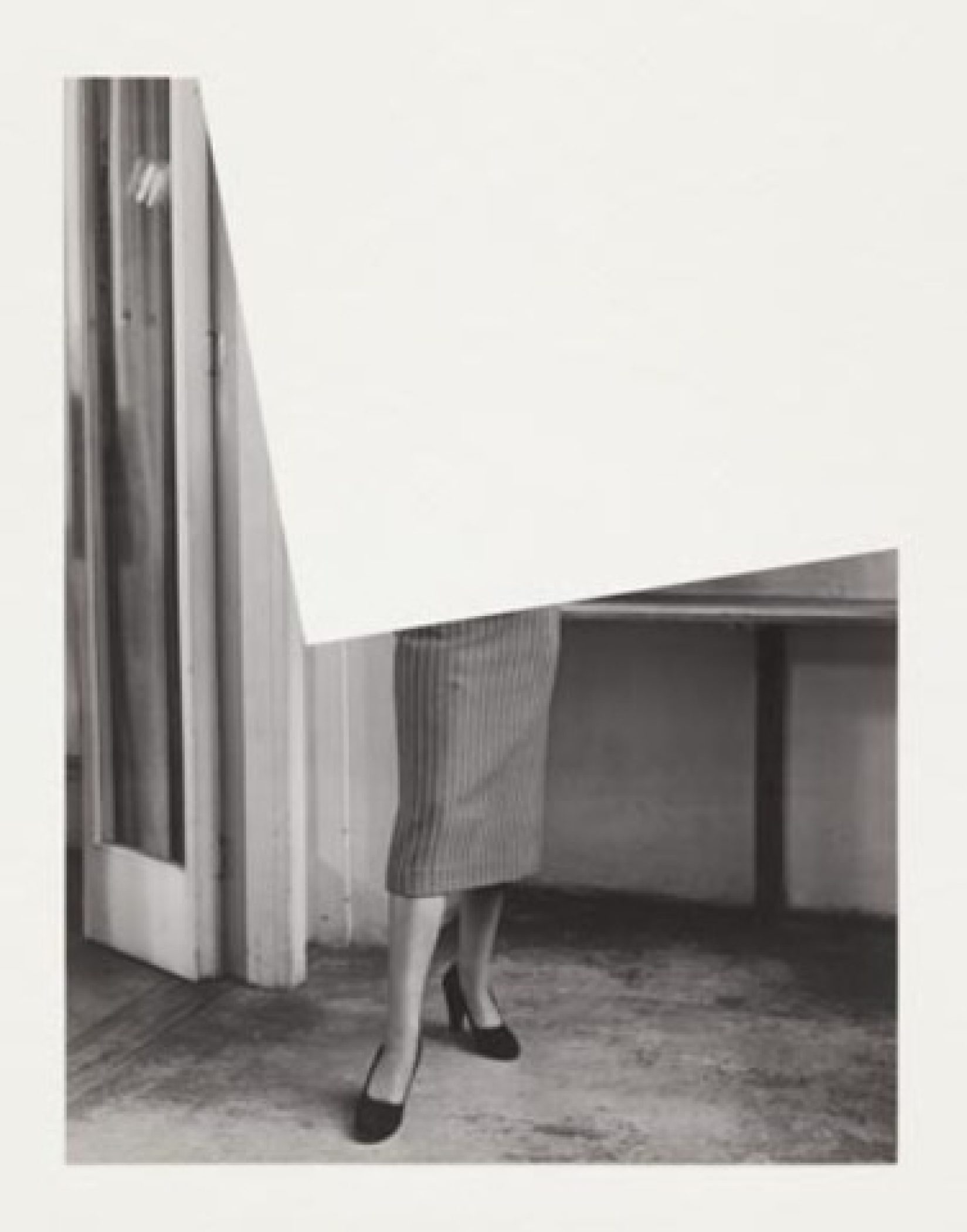John Stezaker
Collages
26th July – 6th September 2014
Anna Schwartz Gallery Carriageworks
Acclaimed London-based artist John Stezaker (born 1949) is known for his photographic collage works that draw on the artist’s immense archive of mid-twentieth Century cinema memorabilia, agency head-shots, postcards and photobooks. He has been influential to a number of developments in art over the last three decades, from Conceptual Art to Appropriation Art,through to there emergence of collage as a contemporary process. A practice built over several decades, using found photographs and printed material, Stezaker’s collages involve various interventions such as excisions, maskings, cuts, rotations and visual concordances. Juxtaposing disparate sources, his work creates compelling new images by splicing together diverse visions, conjoining male and female faces along sharp diagonal seams, or placing scenic Romantic landscape postcards directly over the expressions of unknown actors. Remnants of the film industry are used to revitalise the power of the static image, insisting on the dynamism of the single frame and of the silent picture.
Read in a time of post-lens imaging, Stezaker’s works recall Surrealist techniques and the form of Modern political satire; appearing first as relics from Hollywood’s golden era, not without some nostalgia. However these fabricated portraits of an obsolete glamour speak directly to a contemporary experience of saturation, of fragmentation and illegibility.
Of his Marriage series, Stezaker says: “I think of my collages as violations, and there is a violence, especially in my earlier ones. That’s the big difference in my oeuvre; the violation of collage is more central in the early ones. In later work I tend to see collage more as a kind of act of reparation, bringing together, of healing in a way, so healing the divisions between male and female. And when I combine a male and a female, very often I feel as thought I’m creating a kind of plausible persona rather than this blank persona of the film star. Strangely by combining it with a sexual opposite or with a different being, you get a sense of something slightly more human. So I guess it’s like the combination, in Jungian terms, of animus and anima. You can read [the persona] in different ways. Sometimes I read it as a male with a female anima, the female unconscious incorporated into the image. Sometimes it’s the other way around. Ideally there should be a balance where it’s not a male being mitigated by a female side, or a female being mitigated by a male side, but there is actually a complete balance, an ambiguity, and that’s when it works best for me.”1
John Stezaker’s work has featured in many group exhibitions, most recently the 19th Biennale of Sydney: ‘You imagine what you desire’, curated by Juliana Engberg and ‘Ruin Lust’ at the Tate Britain in London. In ‘The Age of Collage’, gestalten space, Berlin, Germany, ‘L’Image papillon’, Musée d’Art Moderne Grand-Duc Jean, Luxembourg and ‘Crystal Maze IV- 1+ 2+ £ = 3’, as part of Nouveau Festival, The Centre Pompidou, Paris all in 2013. His work was also part of ‘Out of Focus’, Saatchi Gallery, London in 2012. Stezaker’s work featured in ‘Collage: The Unmonumental Picture’, New Museum, New York and Martian Museum of Terrestrial Art, Barbican Art Gallery, London in 2008, as well as ‘About Face’ at the Hayward Gallery, London in 2004.
Recent solo exhibitions include ‘Cut&Paste: John Stezaker’, Centre de la Photographie Genève, Switzerland and ‘John Stezaker: One on One’, Tel Aviv Museum of Art, Israel in 2013. In 2012 Galerie Gisela Captain, Cologne, Germany had a solo exhibition of Stezaker’s work. The Whitechapel Gallery, London exhibited Stezaker’s work in 2011, a show which then toured to MUDAM, Luxembourg, and Kemper Art Museum, St. Louis, USA. In 2010 Kunstverein Freiburg in Germany exhibited Lost Images and Tabula Rasa was shown by ‘The Approach’, London. In 2007 he had a solo show at the Open Eye Gallery, Liverpool, UK and the Project Room, Yvon Lambert, Paris, France.
Stezaker’s work is part of many collections including the Tate Collection, London,UK and the Museum of Modern Art, New York, USA.
[1.] From an interview with Michael Fitzgerald for Photofile
Images
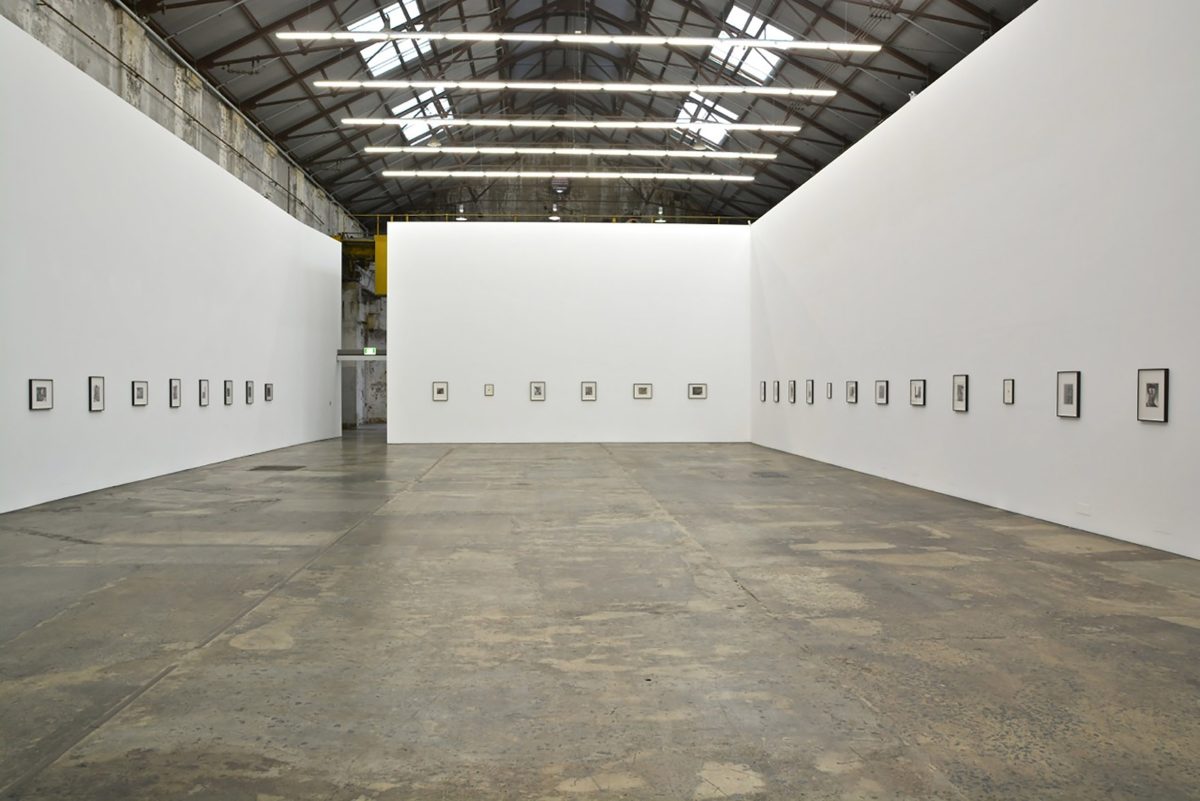
John Stezaker
Collages, 2014
installation view, Anna Schwartz Gallery, Carriageworks

John Stezaker
Collages, 2014
installation view, Anna Schwartz Gallery, Carriageworks
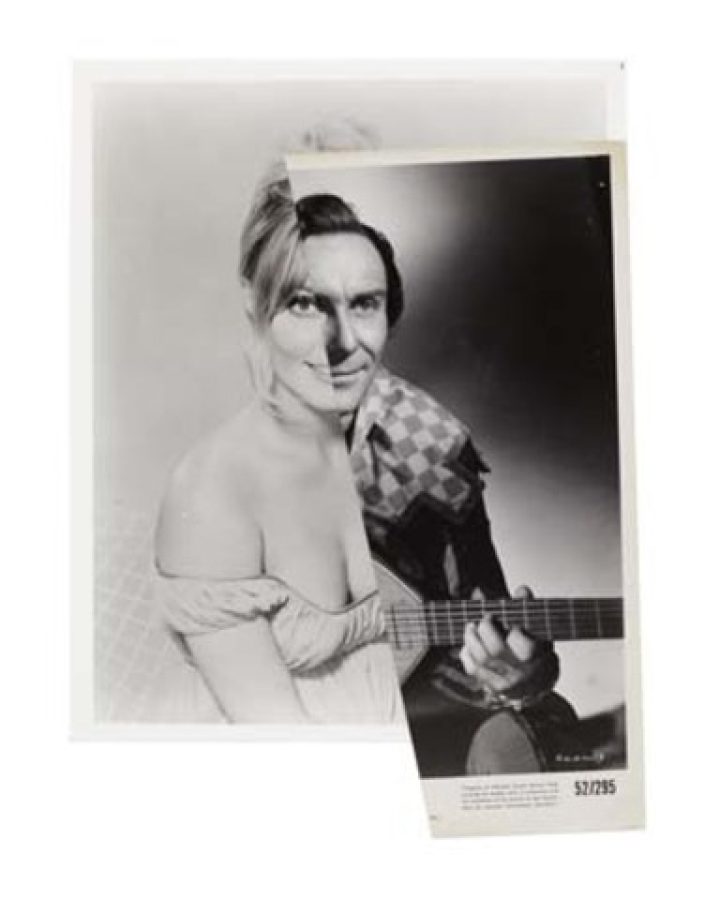
John Stezaker
Betrayal (Film Portrait Collage) XIX, 2013
Collage
29 x 21.4 cm

John Stezaker
Betrayal (Film Portrait Collage) XX, 2013
Collage
27.1 x 21.9 cm
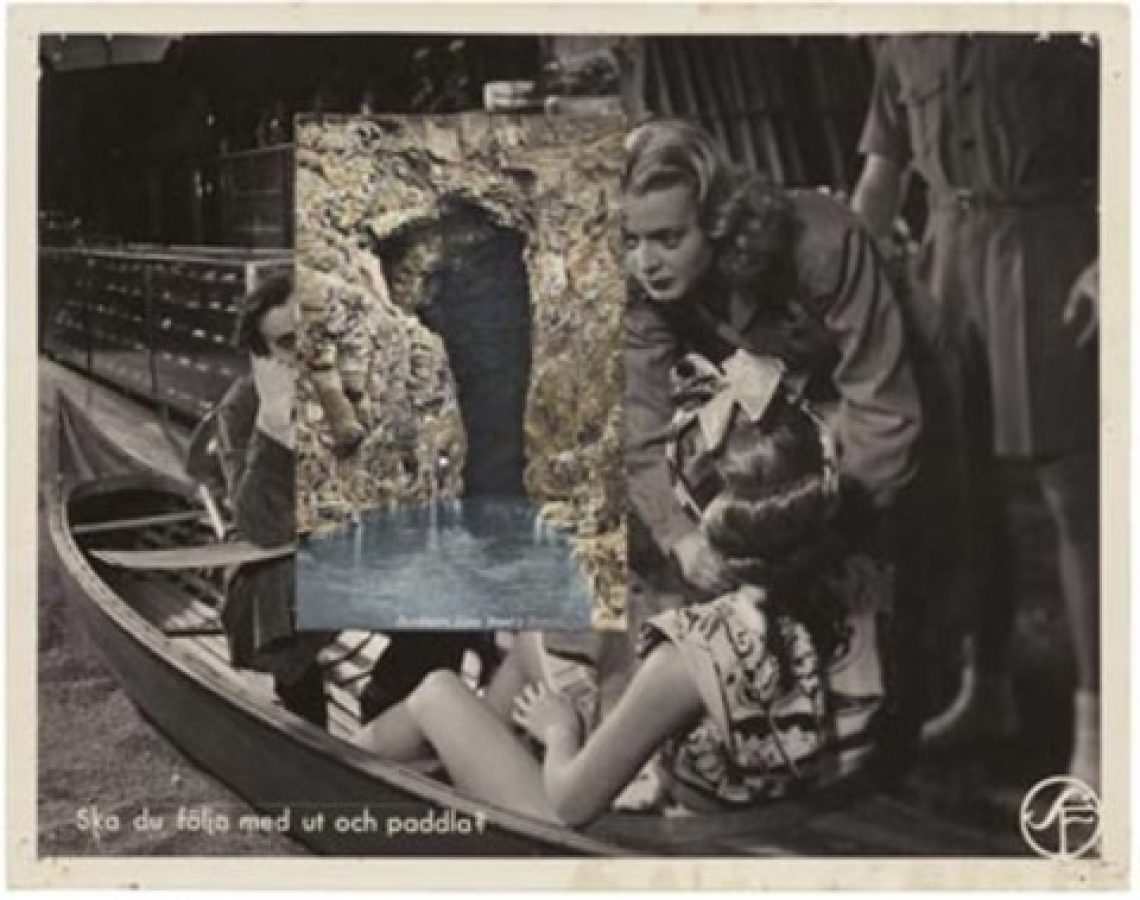
John Stezaker
Grotto, 2013
Collage
24 x 30.2 cm
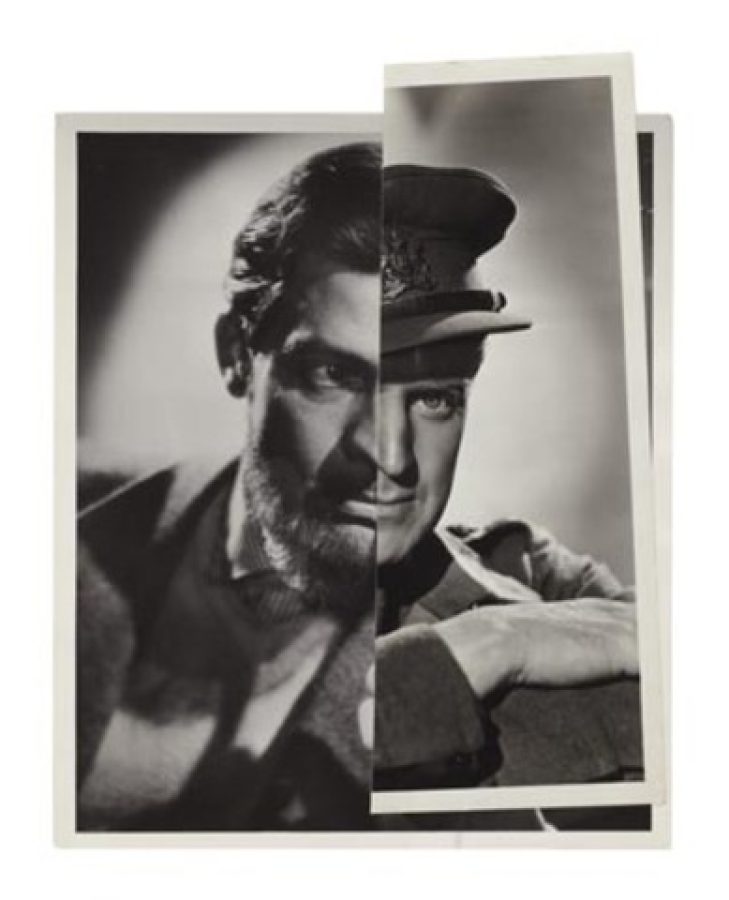
John Stezaker
He (Film Portrait Collage) XXVI, 2013
Collage
27.6 x 20.8 cm
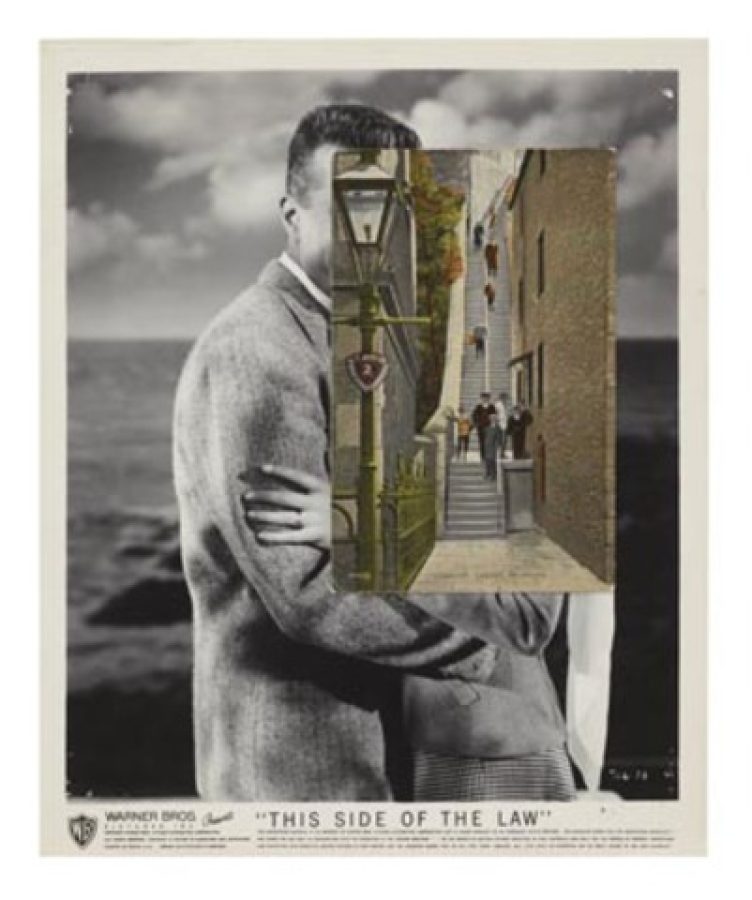
John Stezaker
Man and Light, 2013
Collage
25.5 x 20.7 cm
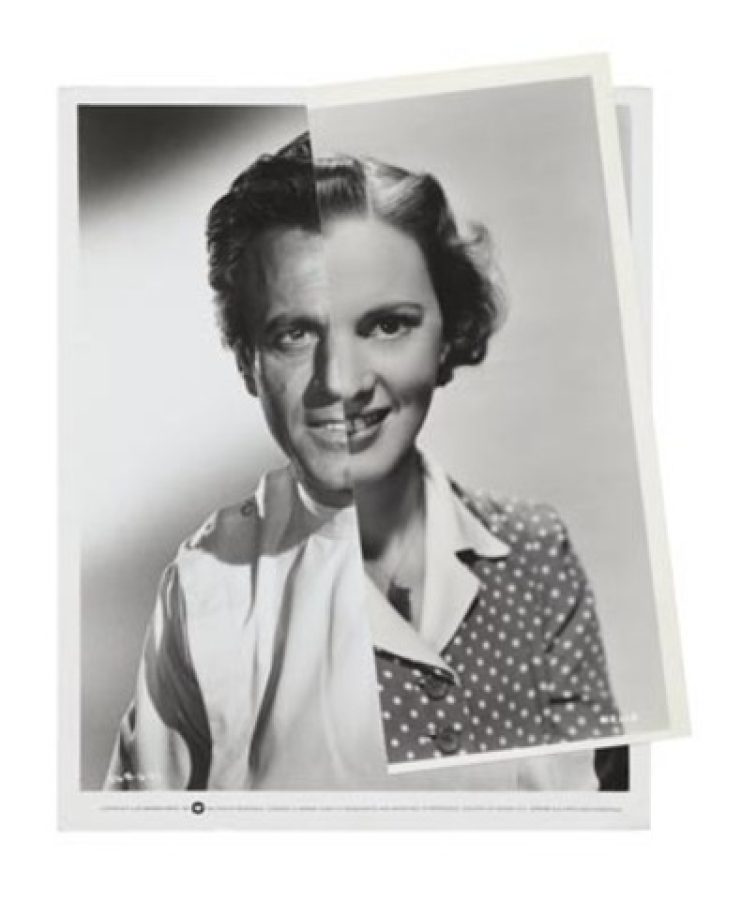
John Stezaker
Marriage (Film Portrait Collage) LXXXIX, 2013
Collage
27.1 x 21.8 cm
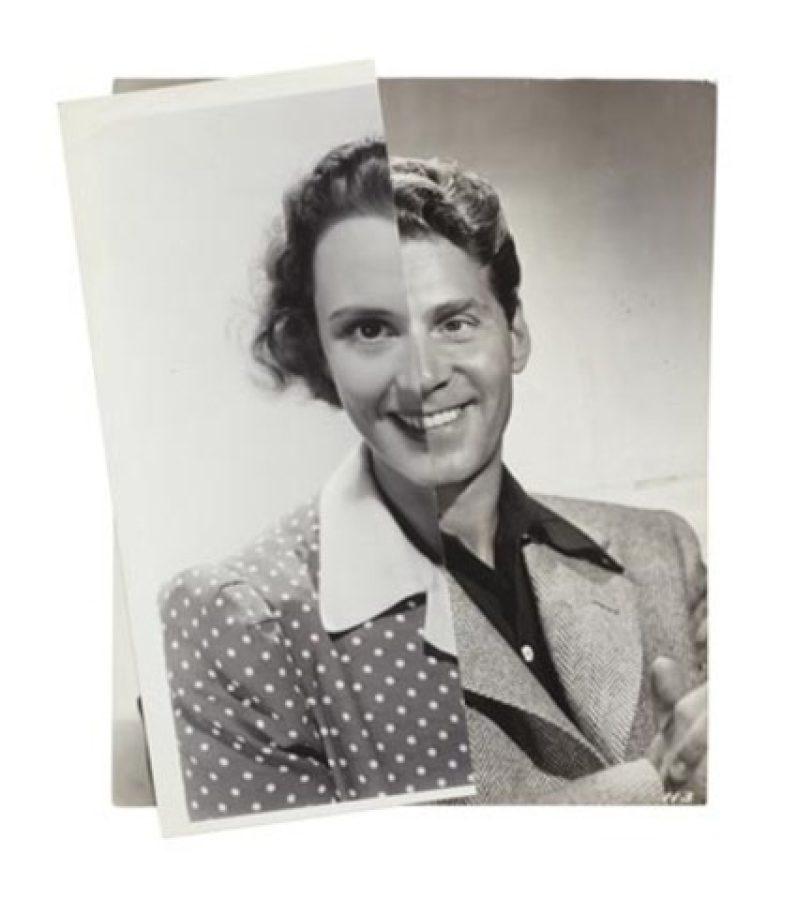
John Stezaker
Marriage (Film Portrait Collage) LXXXX, 2013
Collage
26.6 x 20.8 cm
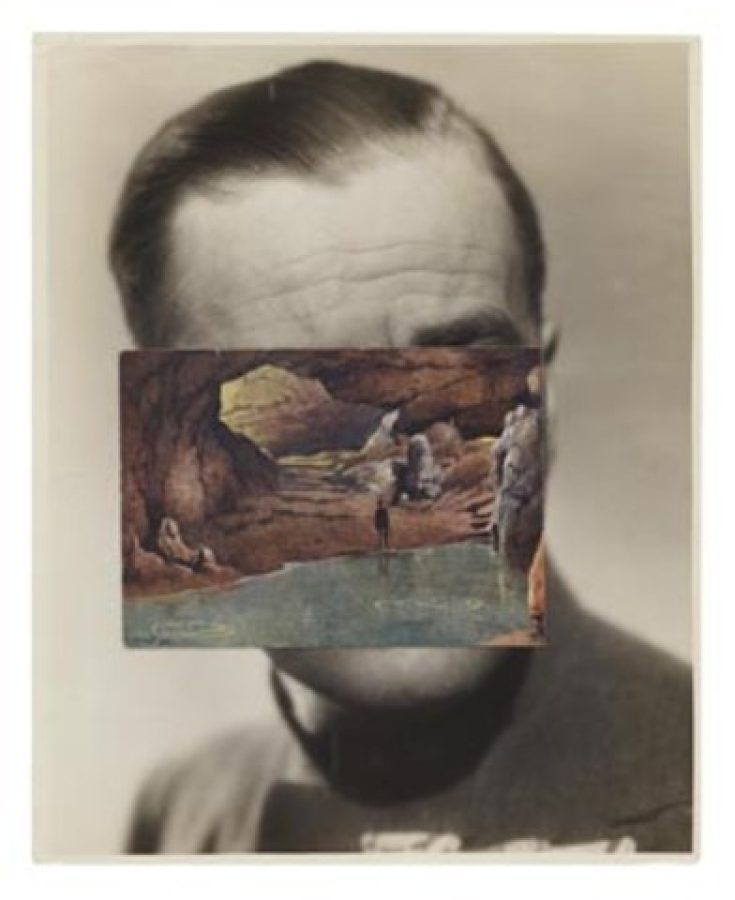
John Stezaker
Mask CL, 2010
Collage
25 x 19.9 cm
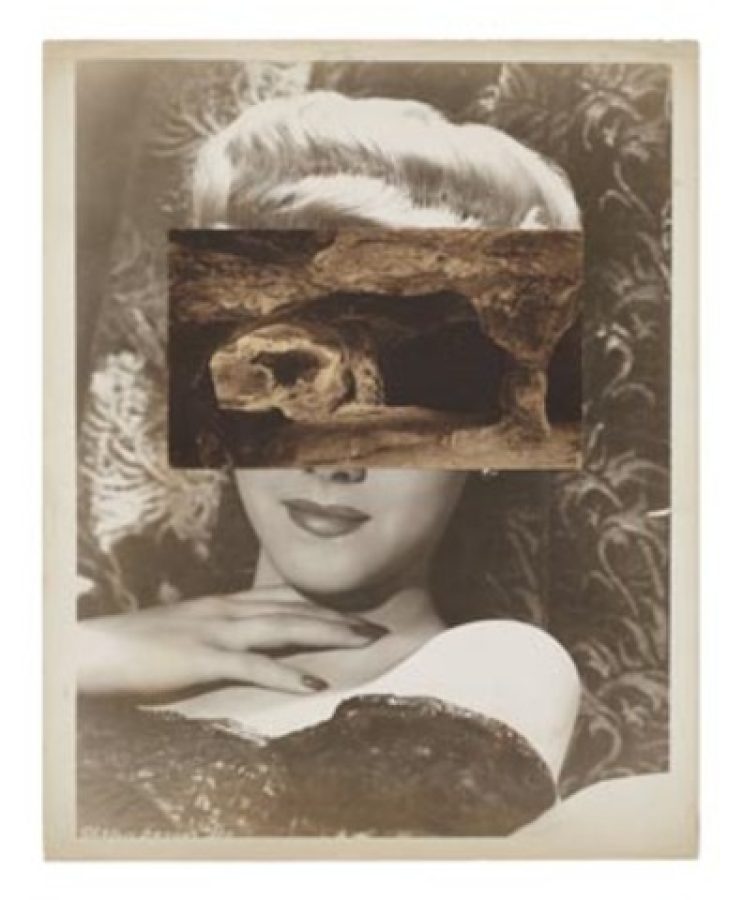
John Stezaker
Mask CLI, 2010
Collage
25.9 x 20.3 cm

John Stezaker
Mask CXLIX, 2010
Collage
24.5 x 19.5 cm

John Stezaker
Mask CXLVII, 2013
Collage
25.3 x 20.3 cm

John Stezaker
Mask CXLVIII, 2012
Collage
25.8 x 20.4 cm
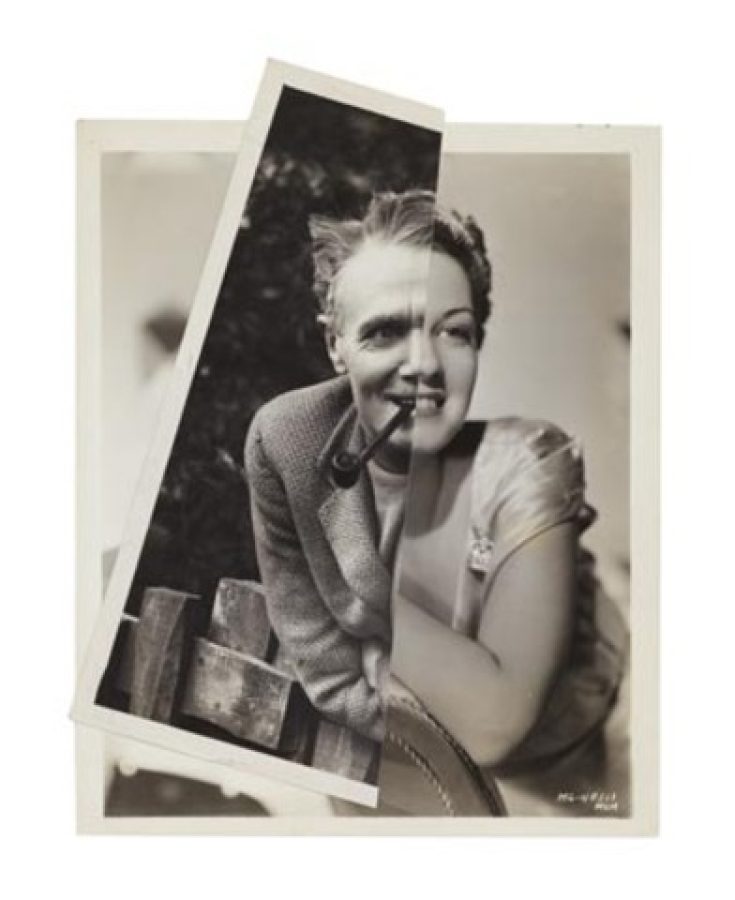
John Stezaker
Muse (Film Portrait Collage) XIII, 2013
Collage
27.9 x 20.6 cm
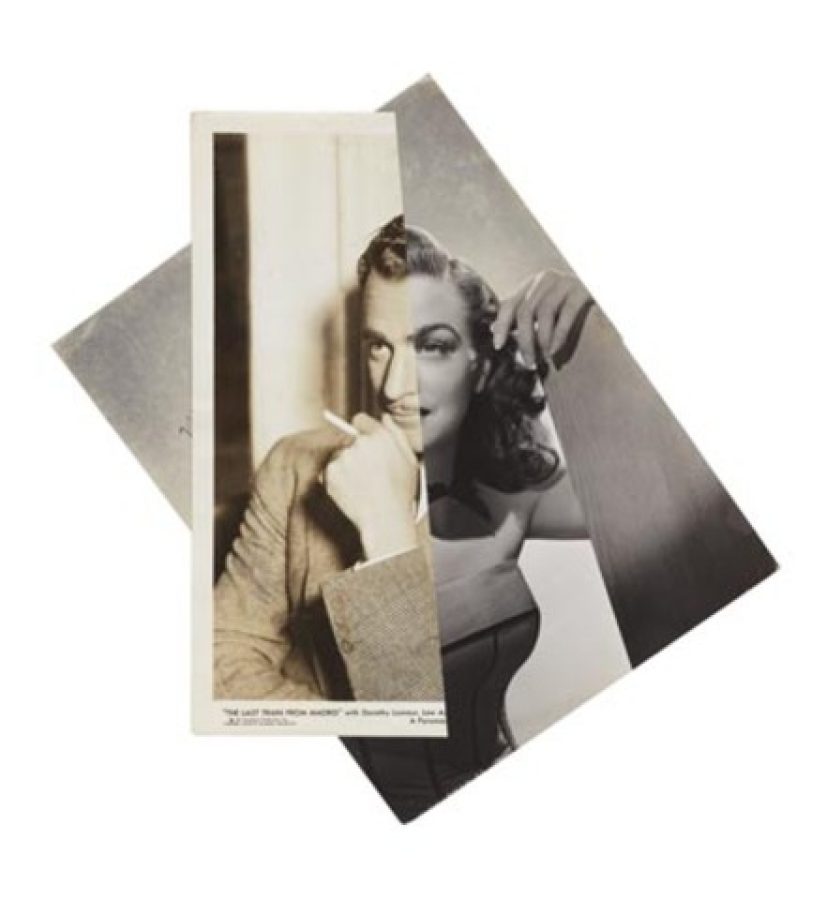
John Stezaker
Muse (Film Portrait Collage) XV, 2013
Collage
31 x 29.7 cm

John Stezaker
Narrative Flight I, 2013
Collage
20.5 x 25.4 cm
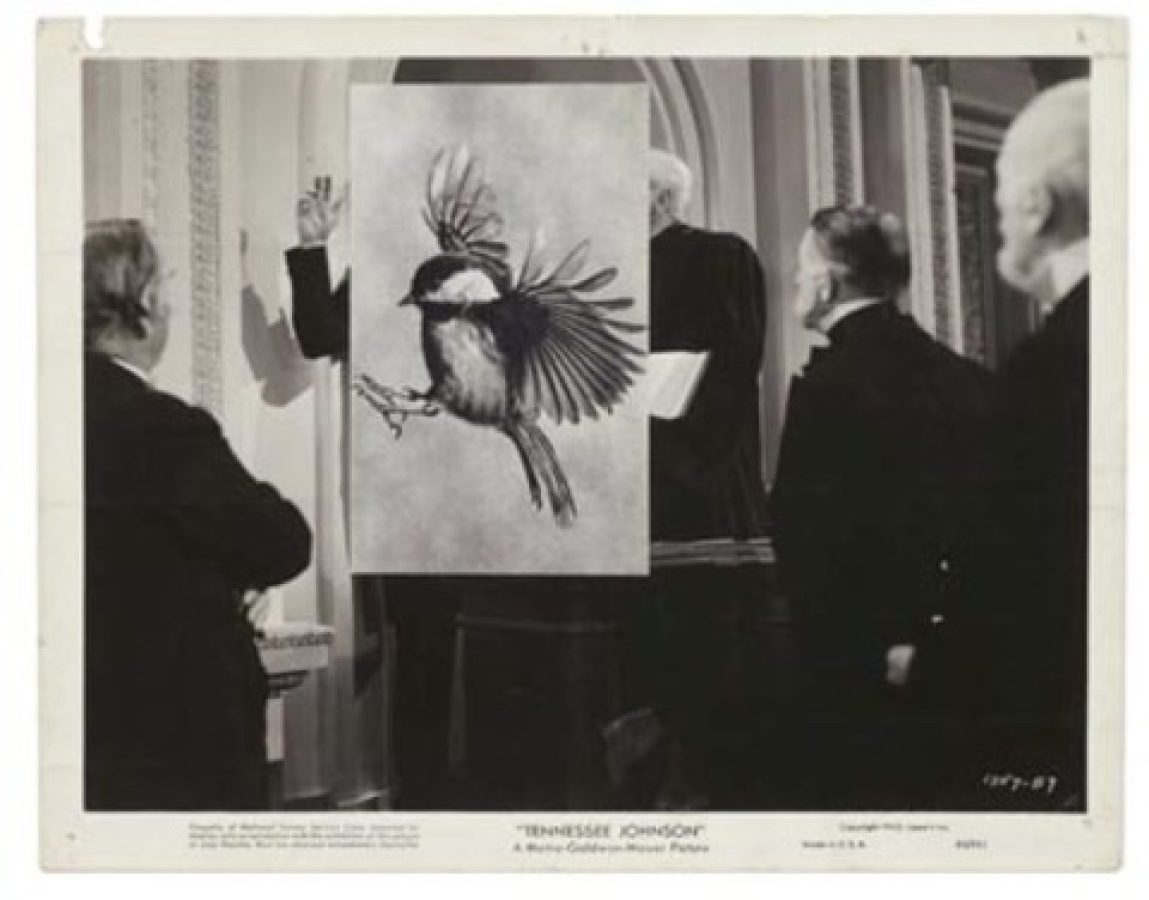
John Stezaker
Narrative Flight II, 2013
Collage
20.6 x 25.9 cm
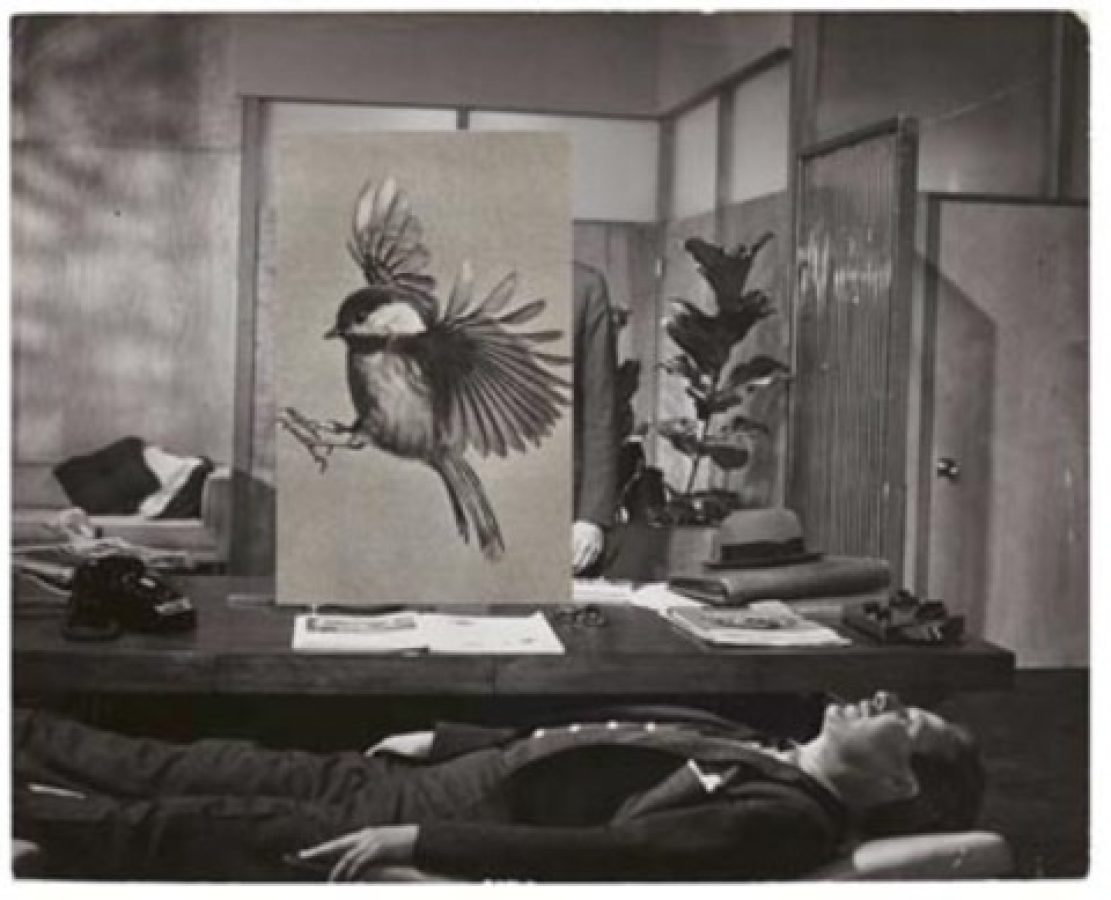
John Stezaker
Narrative Flight III, 2013
Collage
20.6 x 29.4cm
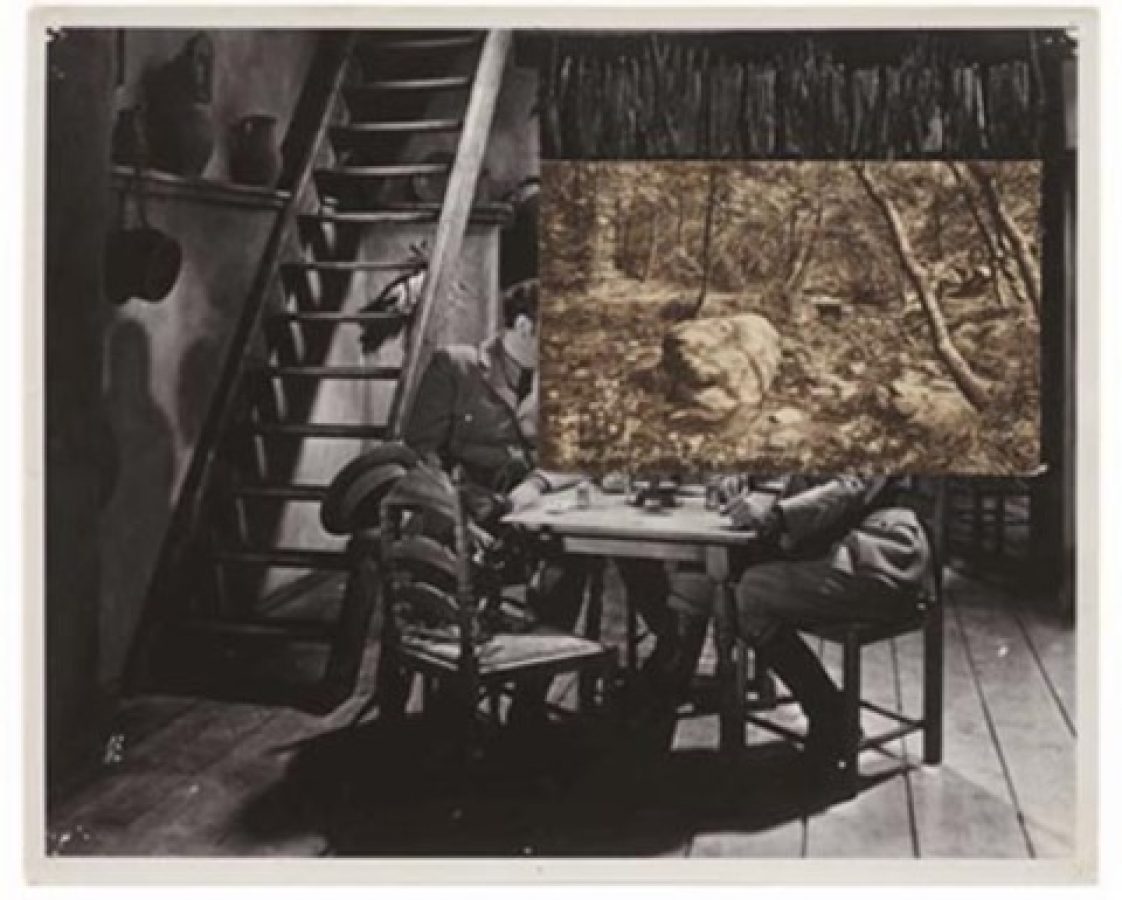
John Stezaker
Obstacle, 2013
Collage
24.4 x 29.9cm
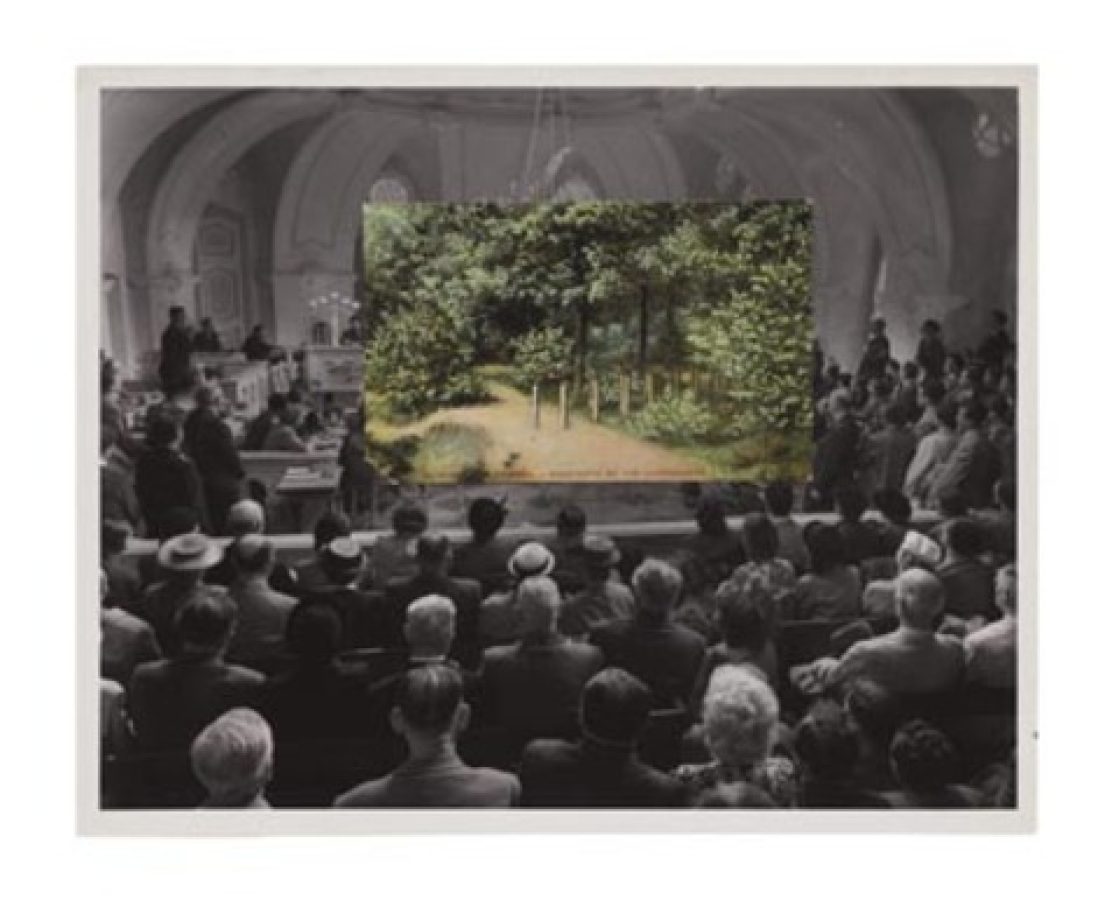
John Stezaker
Path I, 2013
Collage
23.6 x 29.4 cm
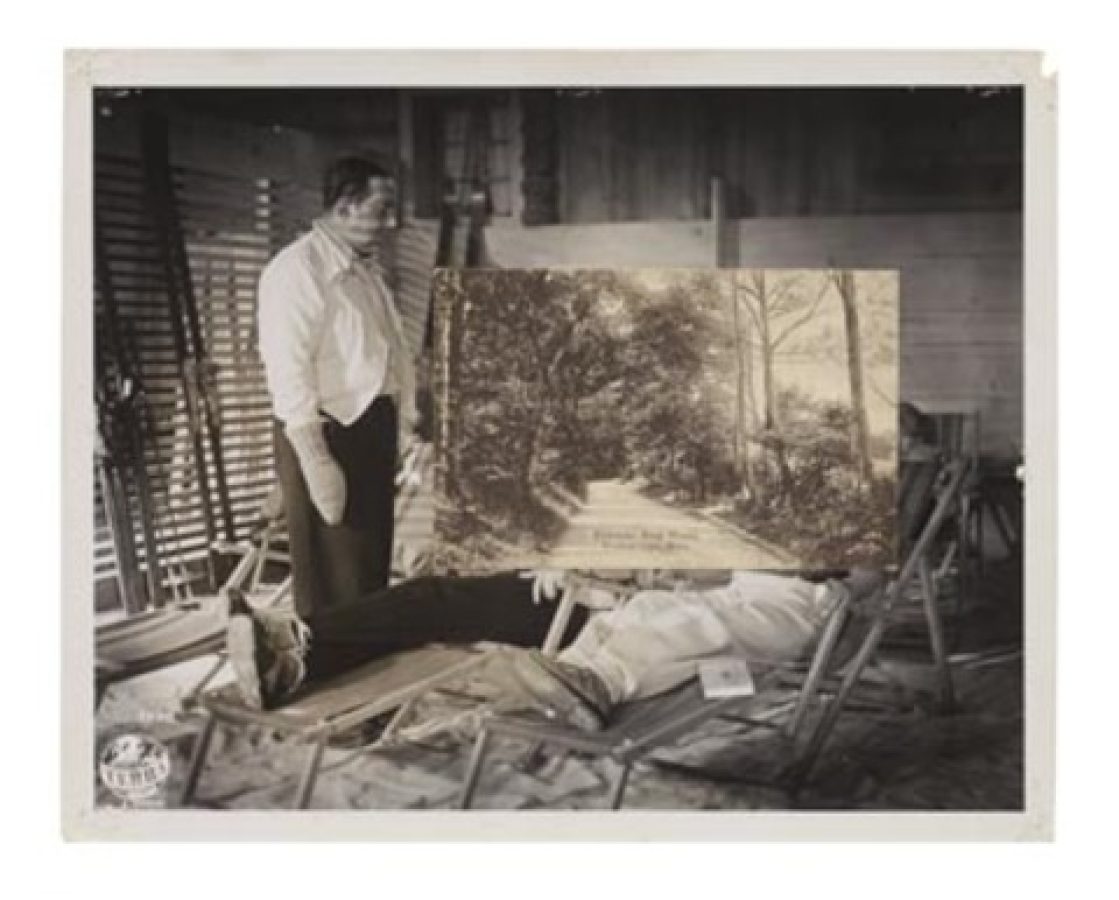
John Stezaker
Path II, 2013
Collage
23.8 x 29.8 cm
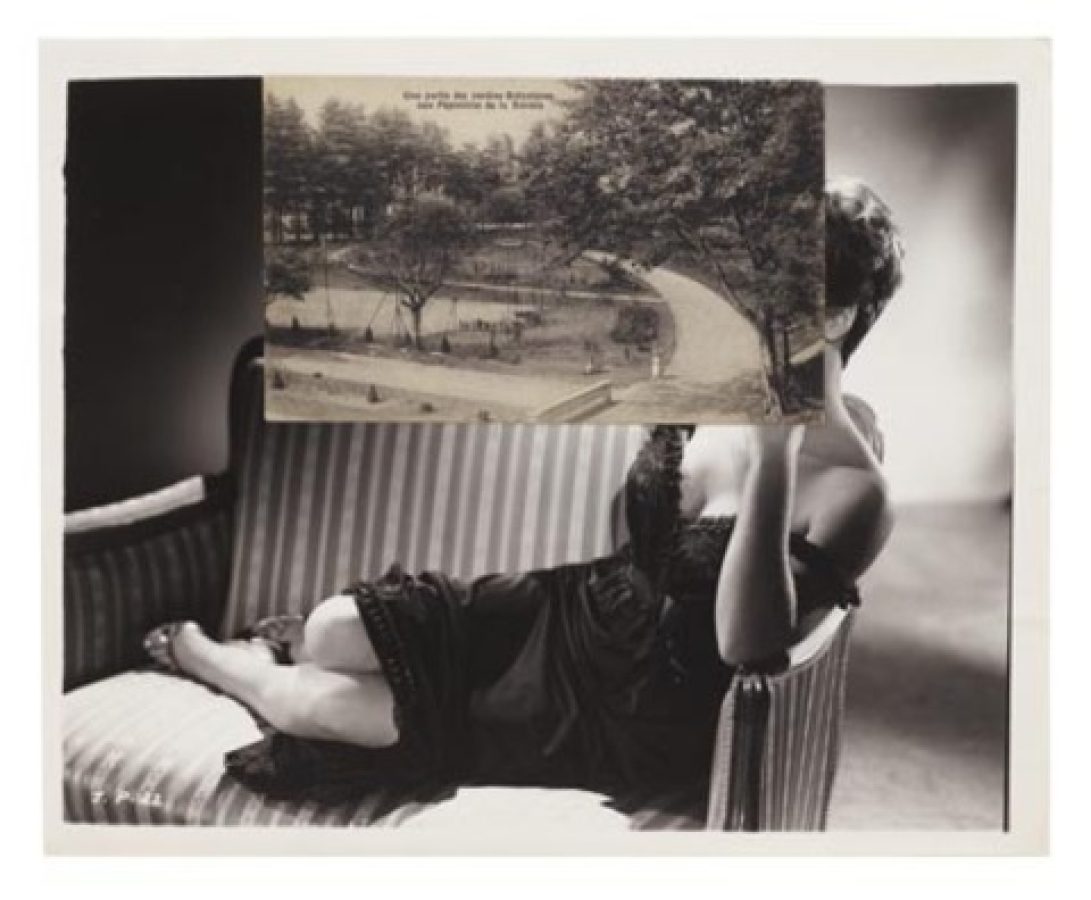
John Stezaker
Path III, 2013
Collage
20.7 x 25.4 cm

John Stezaker
Tabula Rasa XXIII, 2008
Collage
20.2 x 26.1 cm

John Stezaker
Tabula Rasa XXXIII, 2013
Collage
23.6 x 29.4 cm

John Stezaker
Untitled, 2013
Collage
23 x 28.7 cm
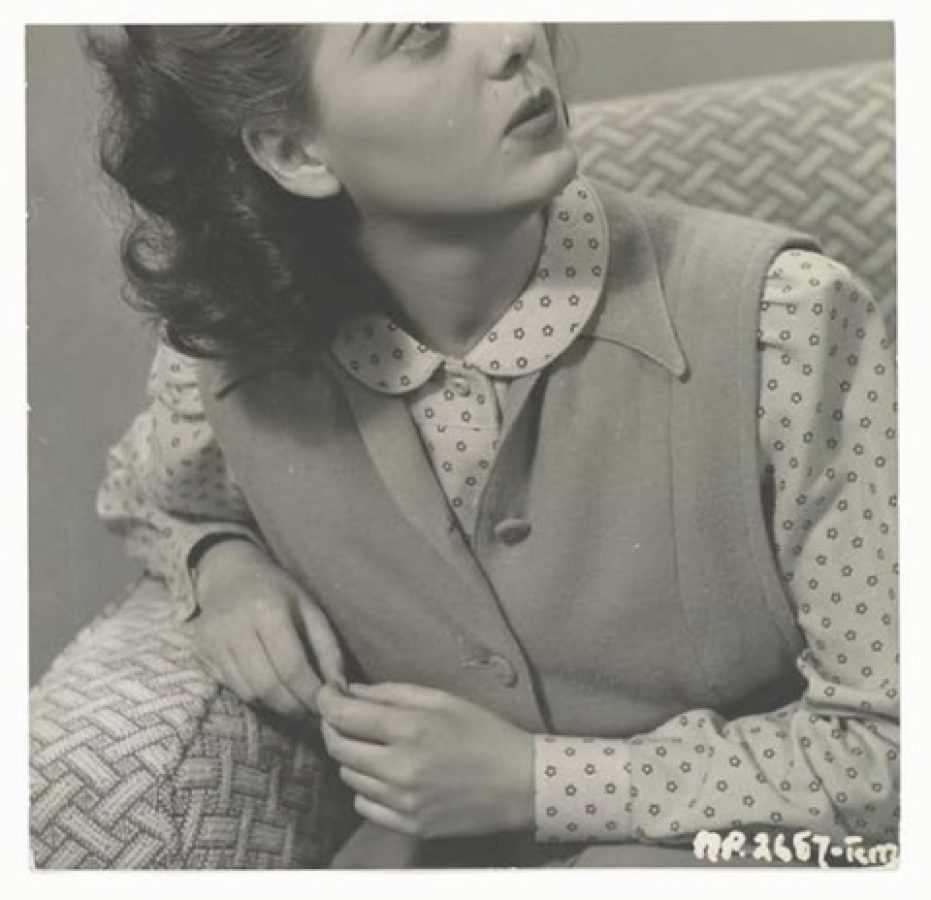
John Stezaker
Untitled, 2008
Found image
18.6 x 19 cm
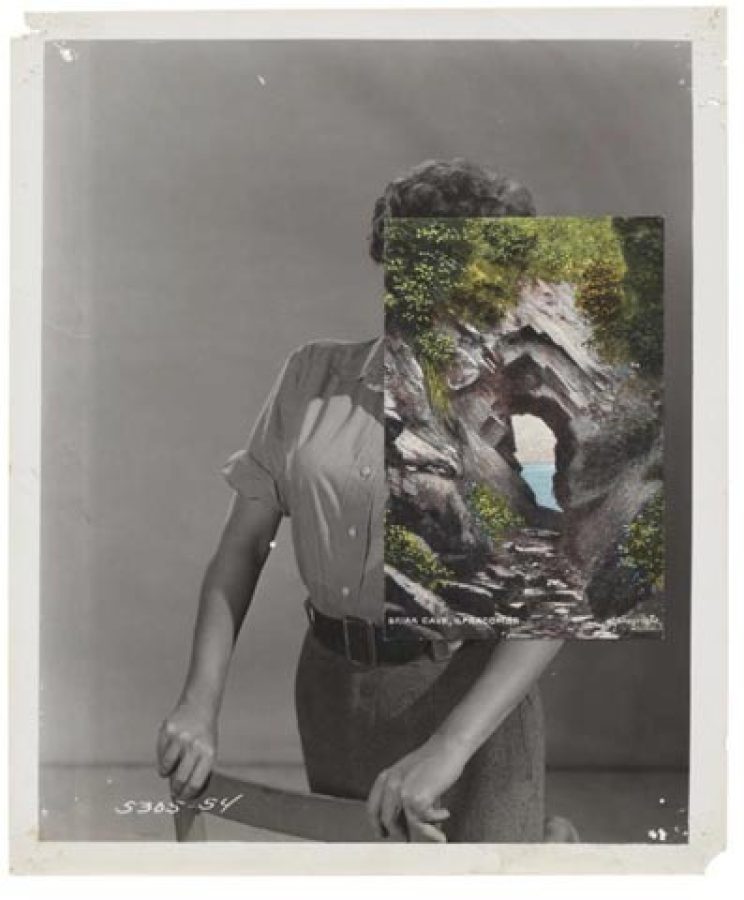
John Stezaker
Untitled, 2013
Collage
25.4 x 20.6 cm

John Stezaker
Untitled, 2013
Collage
25.6 x 22.5 cm
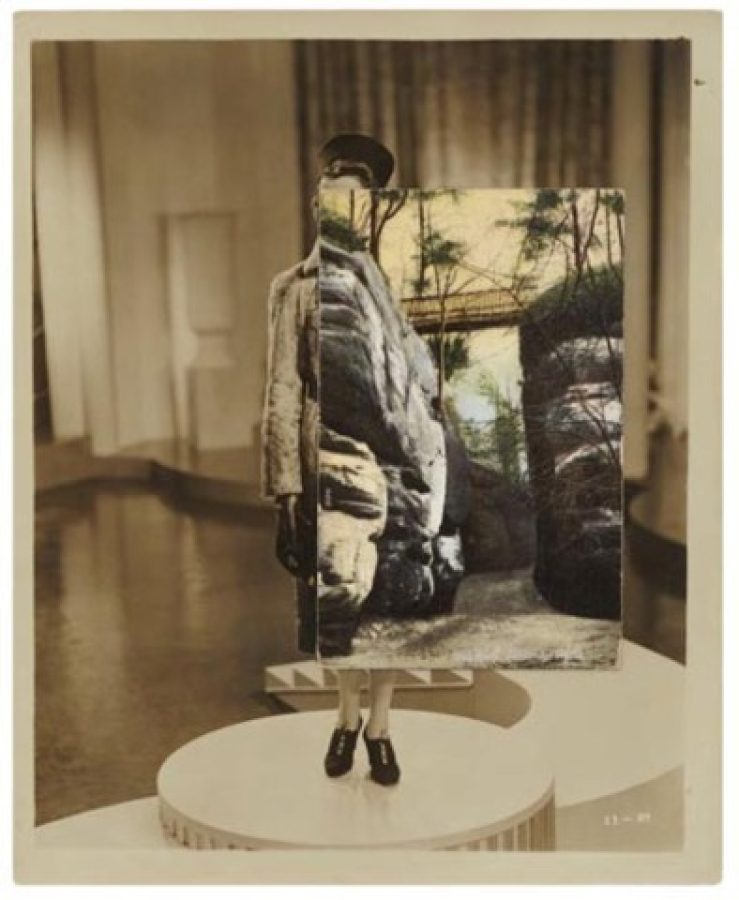
John Stezaker
Untitled, 2013
Collage
25.3 x 20.4 cm
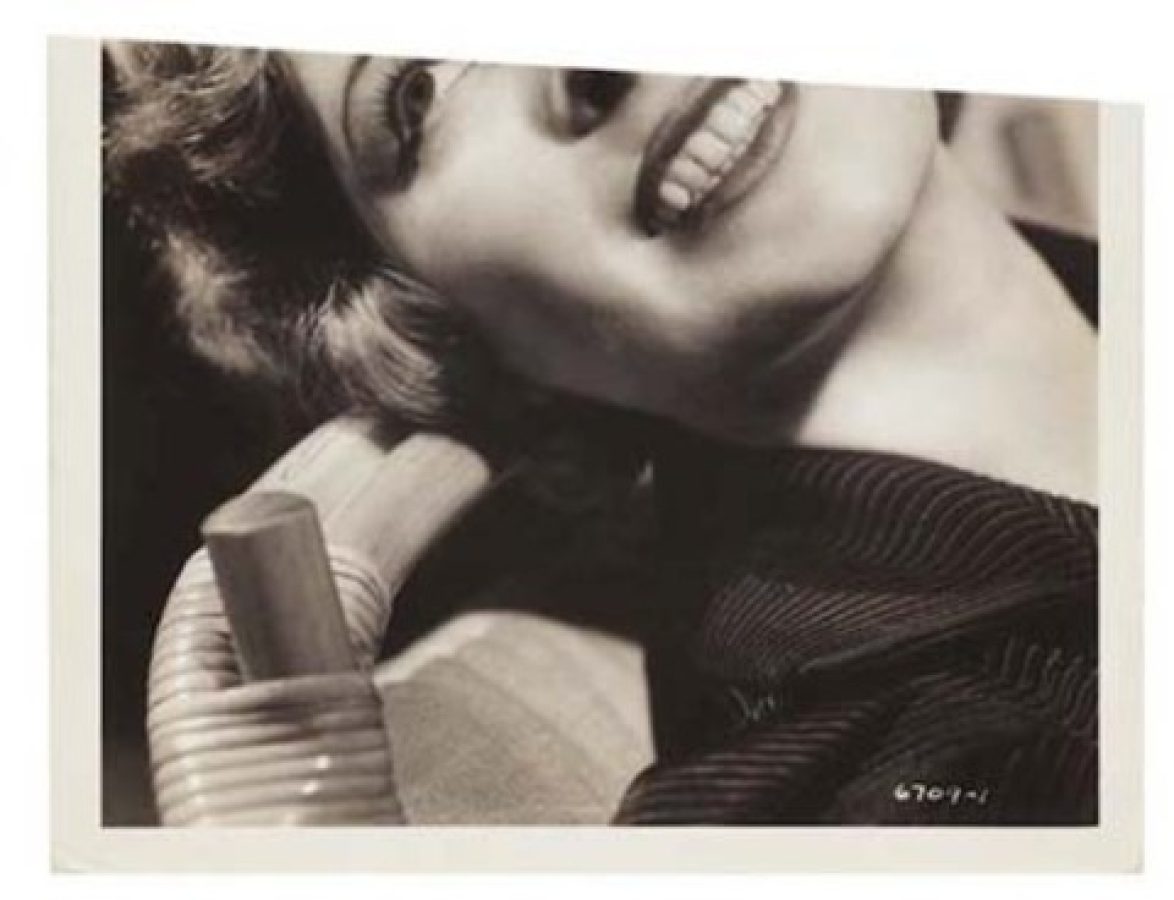
John Stezaker
Untitled I, 2010
Found image
16.3 x 20.6 cm
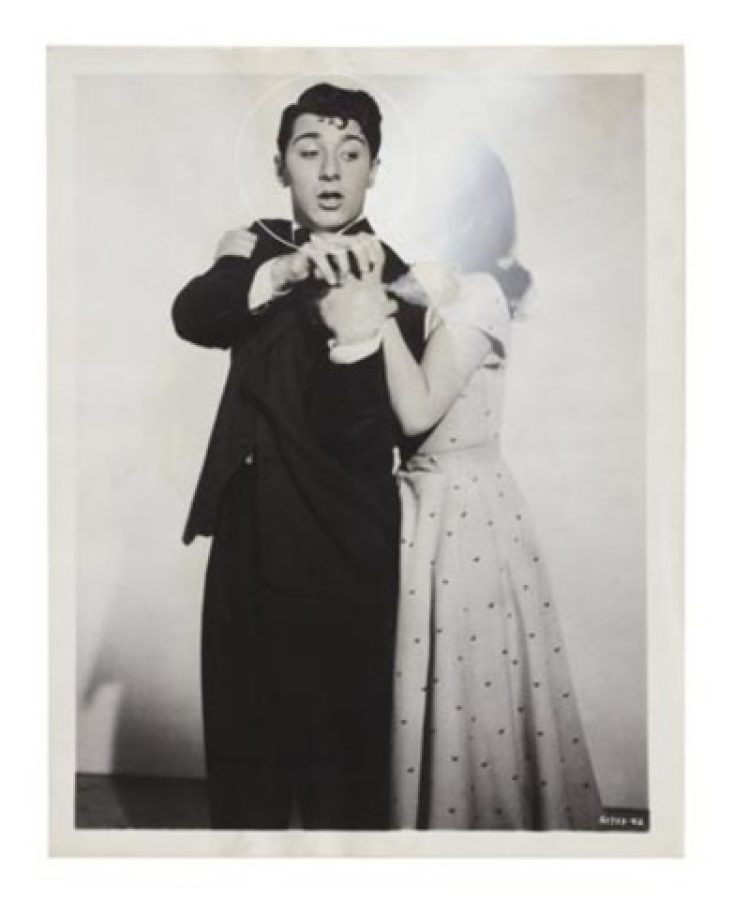
John Stezaker
Echo (Film Still Collage) II, 2012
Collage
25.9 x 20.4 cm
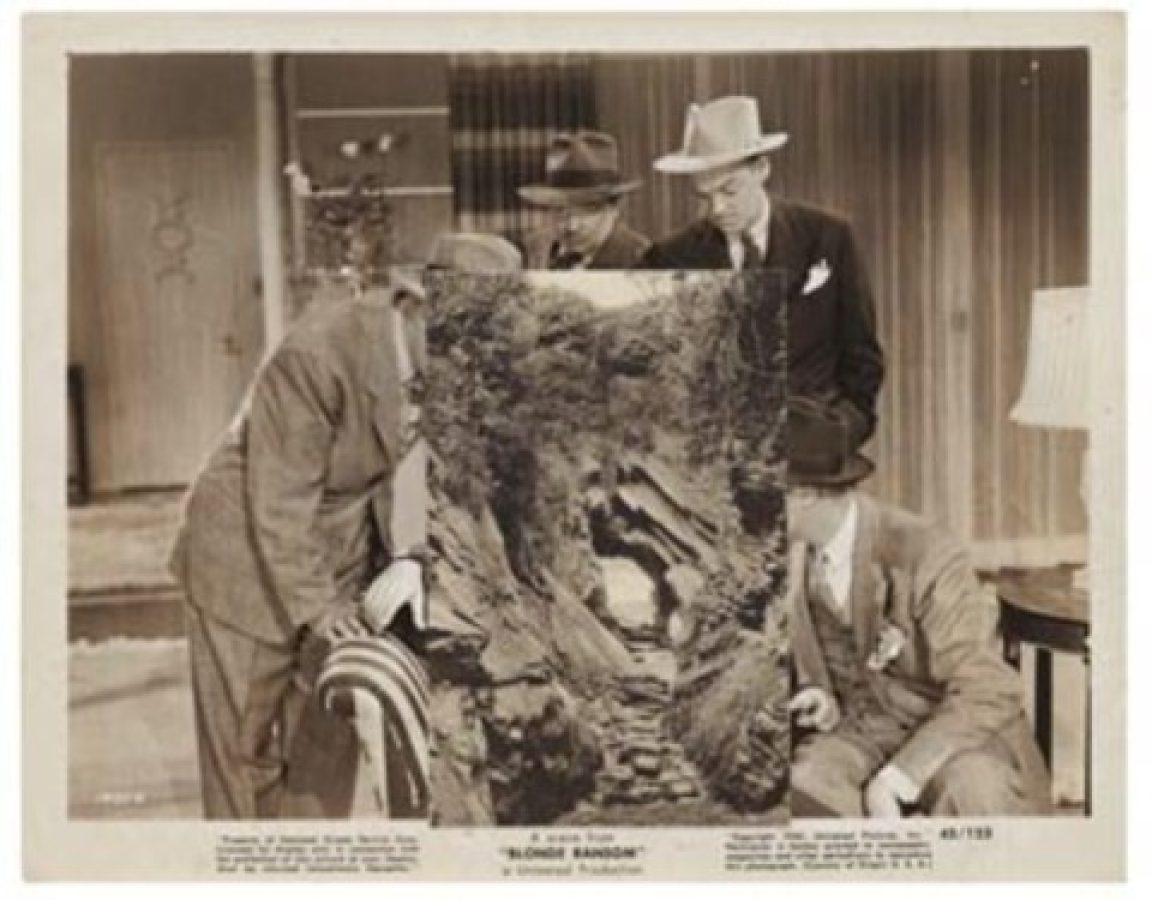
John Stezaker
Hidden, 2011
Collage
20.4 x 26 cm
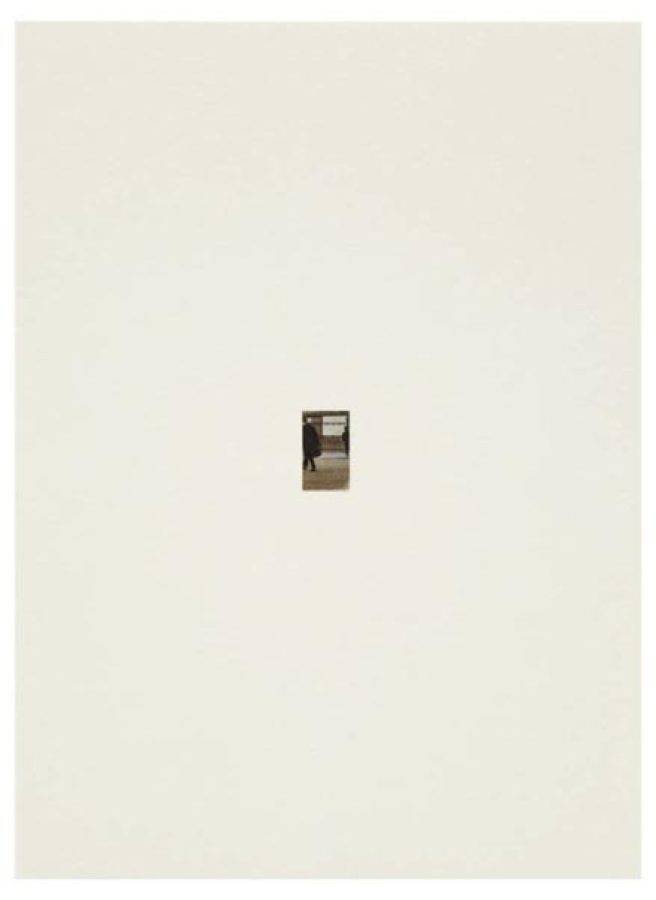
John Stezaker
Crossing Over Series (Between) I, 2010
Image fragment
2.6 x 1.8 cm
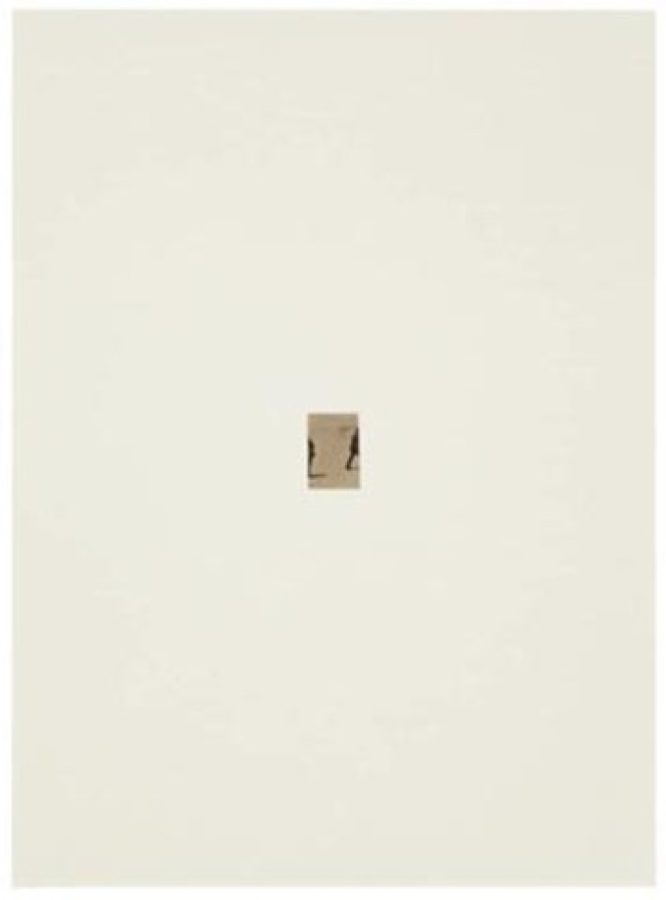
John Stezaker
Crossing Over Series (Between) II, 2010
Image fragment
2.6 x 1.8 cm

John Stezaker
Crossing Over Series (Blind Surveyor) I, 2010
Image fragment
2.6 x 3.8 cm

John Stezaker
Crossing Over Series (Blind Surveyor) II, 2010
Image fragment
2.6 x 3.5 cm
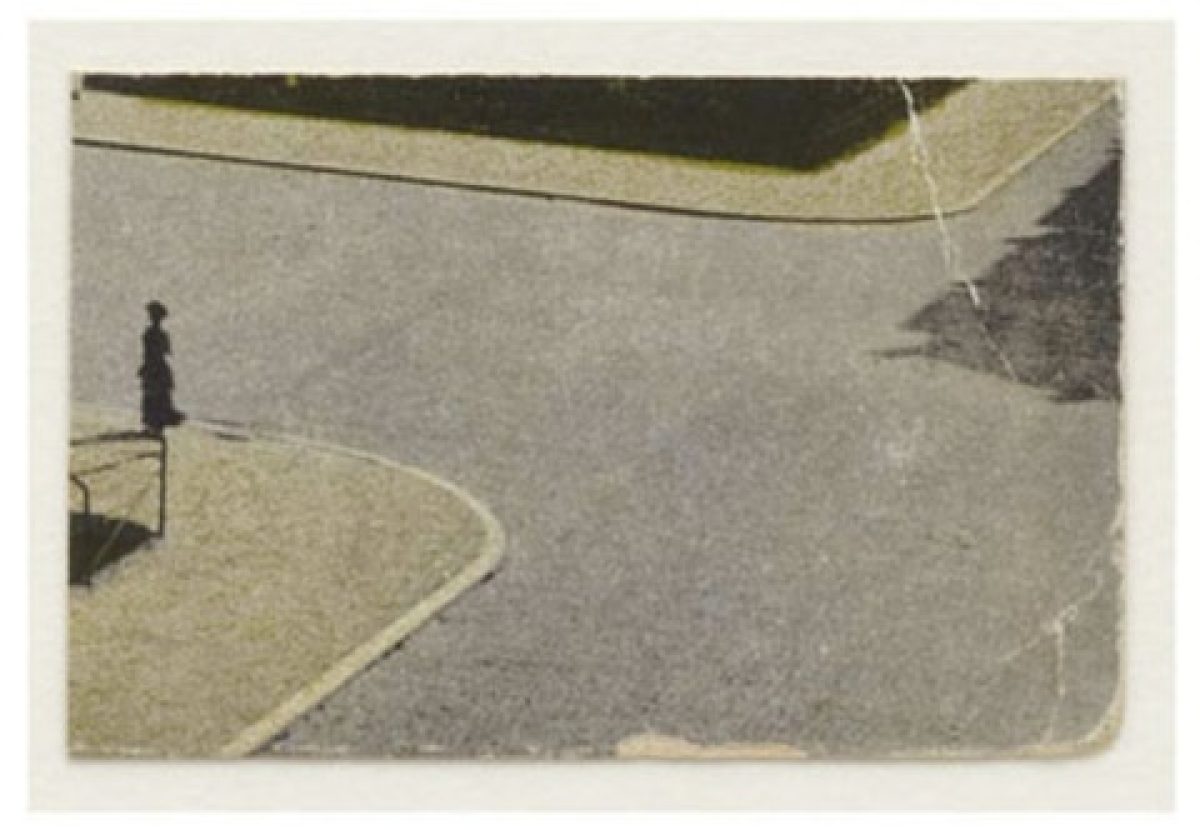
John Stezaker
Crossing Over Series (The Corner) III, 2010
Image fragment
3.4 x 5.1 cm
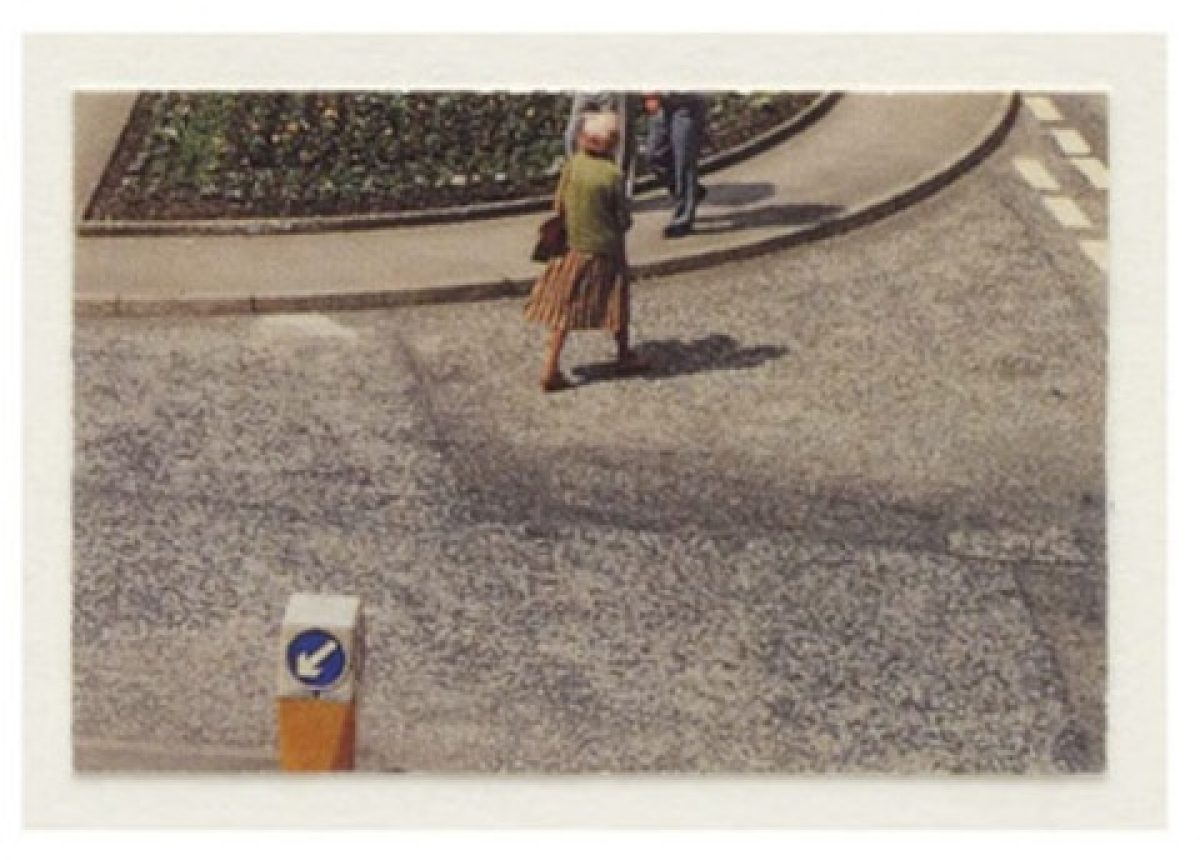
John Stezaker
Crossing Over Series (The Corner) IV, 2010
Image fragment
3 x 4.5 cm
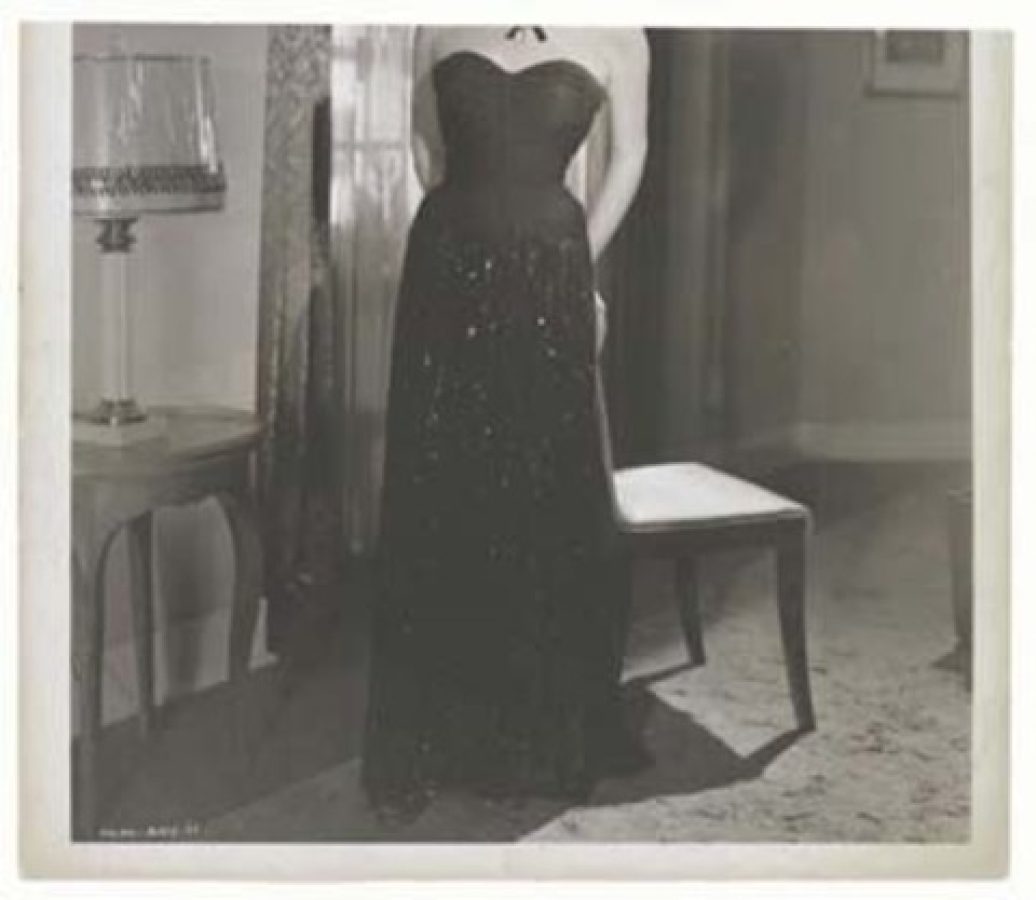
John Stezaker
Metamorphosis, 2007
Found image
17.8 x 21 cm

John Stezaker
The Stain, 2006
Found image
16.5 x 20.5 cm

John Stezaker
The Story V, 2006
Collage
23.8 x 27 cm

John Stezaker
The Story VI, 2006
Collage
20.8 x 28.2 cm
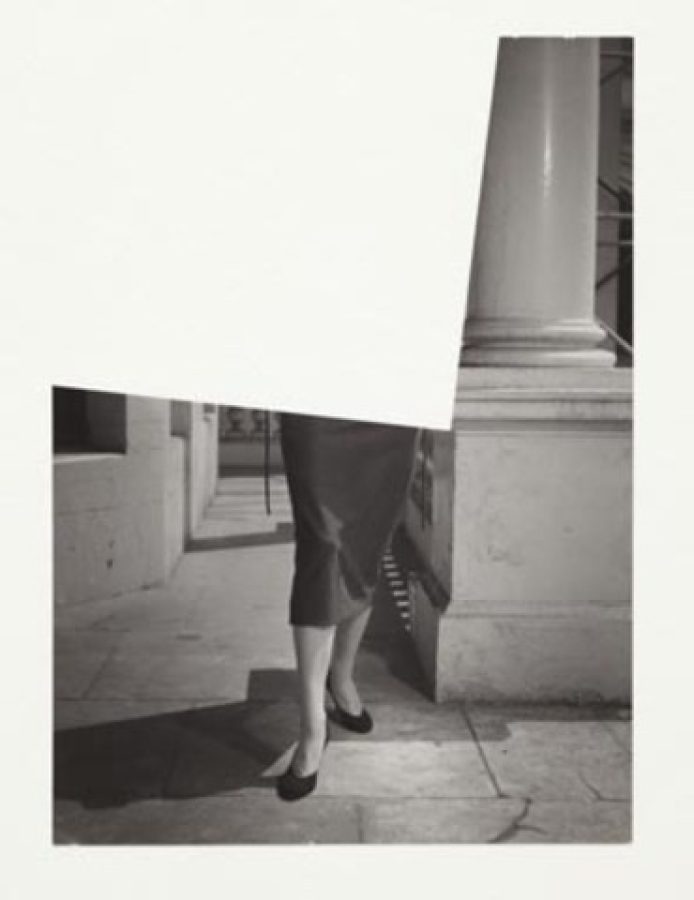
John Stezaker
Opening I, 1994
Collage
25 x 18.8 cm

John Stezaker
Opening II, 1994
Collage
24 x 16.8 cm
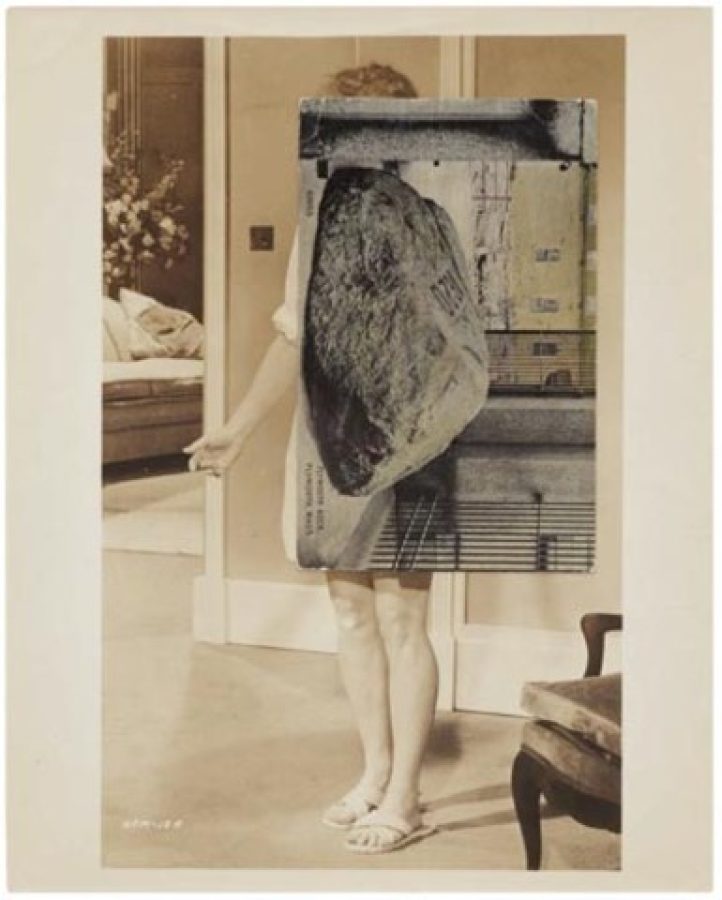
John Stezaker
X‑ray, 2013
Collage
25.7 x 20.4 cm
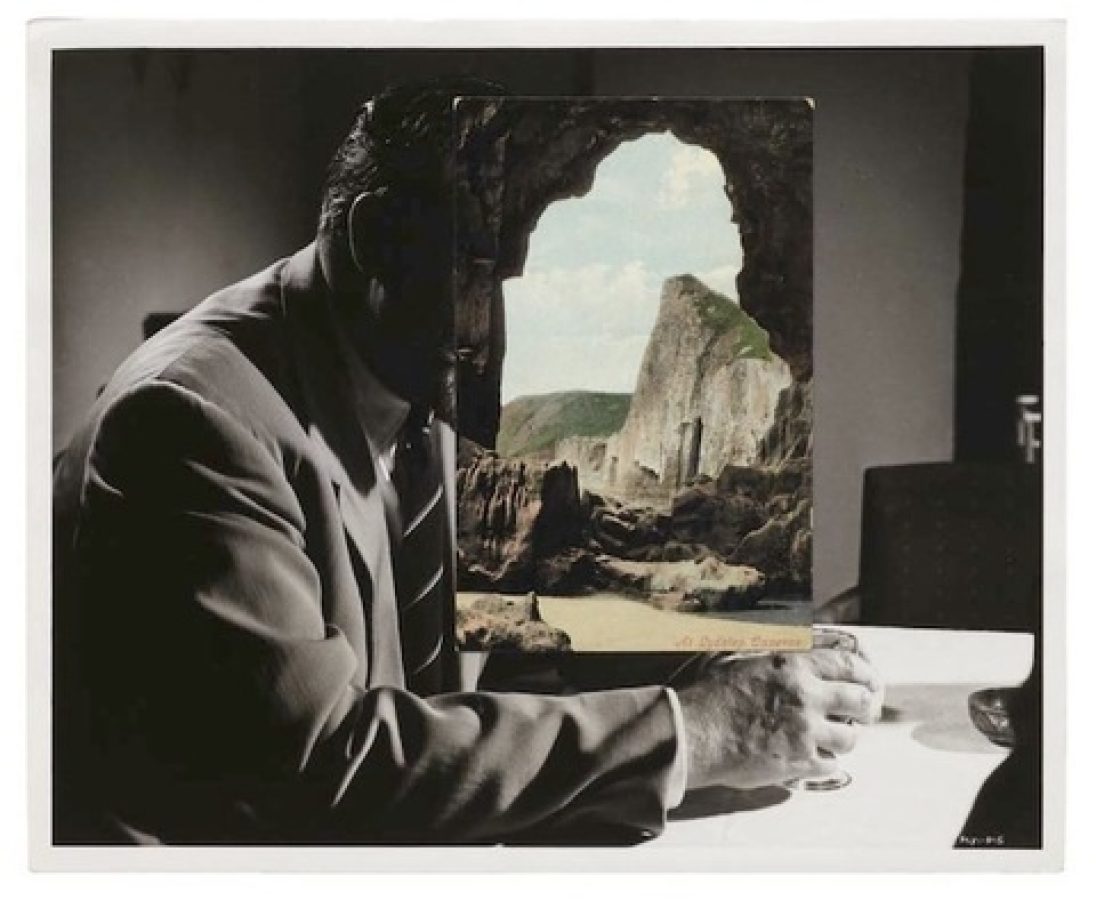
John Stezaker
Drinker, 2012
Collage
20.9 x 25.3 cm

